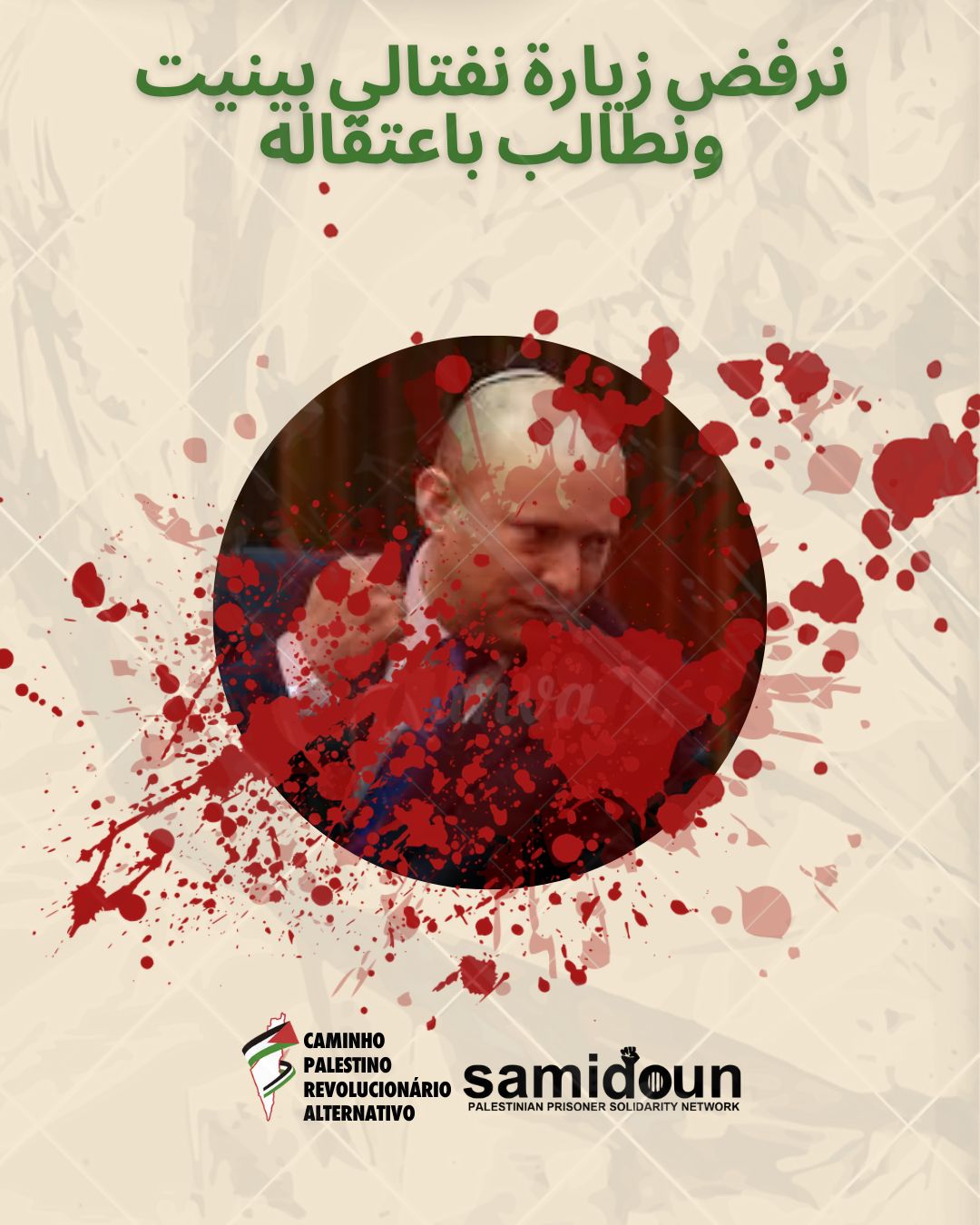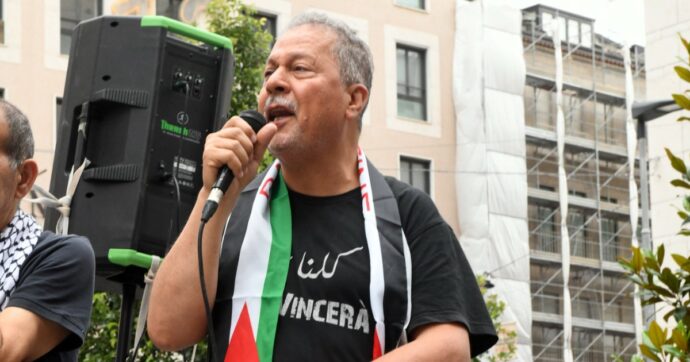
Samidoun Palestinian Prisoner Solidarity Network condemns in the strongest terms the arrests, raids and repressive attacks in Italy today against Palestinian organizers and community leaders, and expresses our full solidarity with Mohammad Hannoun and his fellow arrested Palestinians. Today’s arrests are only the latest act of complicity and direct involvement with Zionist genocide in Palestine by the Italian state, which continues to deliberately act to besiege, starve, and criminalize the Palestinian people and their very existence.
Mohammed Hannoun, 63, is a Palestinian architect and resident of Genoa who has lived in Italy for over 40 years; the president of the Associazione dei Palestinesi in Italia (API) and the founder of the Charity Association for Solidarity with the Palestinian People (ABSPP), he is tirelessly active in organizing to defend Palestine and achieve its liberation from the river to the sea. He has been repeatedly attacked by Zionist organizations — as well as the U.S. and Zionist governments, and right-wing local governments in Italy — for his clarity in speaking about Palestinian liberation, the right to resist occupation, and the illegitimacy of colonialism on Palestinian land.
Today, Hannoun and at least six other Palestinians’ homes were raided and they were arrested by Italian “counter-terror” forces, including the Anti-Terrorism Directorate of Genoa (DIGOS), the Prevention Police, the Economic and Financial Police Unit, and the Guardia di Finanza, with at least two more people reportedly sought under international arrest warrants. The Italian state has targeted three organizations, the ABSPP, the Charity Association of Solidarity with the Palestinian People – Volunteer Organization and La Cupola d’Oro. The detained Palestinians have been ordered imprisoned before trial, with an Italian investigating judge, Silvia Carpanini, alleging that they are an “escape risk.” In the meantime, eight million Euro in funds and assets, raised to support the Palestinian people, have been seized and frozen by the Italian government.
These Palestinian organizers have been targeted because they have worked to break the siege imposed on Gaza by fundraising to support Palestinians in Gaza, providing necessary aid and support for humanitarian and civil projects as the Zionist regime has attempted to carry out its genocide by strangling the Palestinian people through siege, starvation and blockade.
It has long been a goal of Zionism and imperialism to cut off independent aid and support to the Palestinian people, and to break the ties between Palestinians in exile and diaspora and the Palestinians inside Palestine and in the refugee camps. For example, the infamous injustice of the Holy Land Five case in the United States targeted what was, at that time, the country’s largest Muslim charity and a significant support of independent aid for Palestine.
Today, the arrested Palestinians in Italy are “accused” of having raised over 7 million Euro for Palestinians in Gaza over several decades, and especially in the past 2 years of genocide following Al-Aqsa Flood. The Italian government is labeling this aid to the Palestinian people as “support for Hamas,” noting that it allegedly supported institutions in the Gaza Strip “controlled by Hamas” — the leading, elected, party in the governance of Gaza for the past 18 years. In particular, they are accused of providing some of their funds to “family members of terrorists” — that is, to the families of martyrs whose lives were taken by the occupation and of Palestinian political prisoners, who are currently under an internationally-organized financial siege designed to break social support for Palestinian resistance and liberation inside occupied Palestine. They are being accused of nothing more than helping to break the illegitimate, illegal, and murderous siege on Gaza by fundraising to support the Palestinian people under attack. In other words, the goals of these arrests are to intensify and advance Zionist genocide in Palestine, to deny Palestinian self-determination, and to impose fear and terror on the growing Palestinian and solidarity movement in Italy.
The Palestinian community in Italy and the solidarity movement have been under attack by the Zionist entity and U.S. imperialism for some time; in October 2024, the U.S. sanctioned Hannoun and the ABSPP (just one week before its sanctions on Samidoun). Again, in June 2025, the U.S. again sanctioned La Cupola d’Oro, alongside multiple international Palestinian charities, as well as Addameer, the Palestinian organization working for Palestinian prisoners in occupation jails. Despite the fact that U.S. sanctions ostensibly have no legal effect in Italy, the investigating judge cited the U.S. sanctions as a reason to arrest and imprison Hannoun and his fellow Palestinians, because they “continued their activity” — entirely legal in Italy — despite being listed and designated by the United States.
These sanctions, like those on Samidoun, come hand in hand with the use of U.S. sanctions and siege — for 18 years in Gaza, alongside the sanctions imposed on Iran, Cuba, Sudan, Venezuela, the DPRK and other independent nations — to seek to undermine popular resilience, immiserate and starve the masses of the population, and cut off the road to independent development and self-defense.
These U.S. sanctions, of course, came hand in hand with the Italian government’s full alignment with U.S. imperialism, NATO and Zionist genocide. Italian prime minister Giorgia Meloni was among the first officials to flock to Tel Aviv following Al-Aqsa Flood, and to sign a joint declaration with Britain, Germany, and France pledging full support for the Zionist assault on Gaza. Italy is currently imprisoning multiple Palestinian political prisoners, including Anan Yaeesh and Ahmed Salem, and prosecuting Ali Irar and Mansour Doghmosh. Italy has continued to maintain its military and economic trade with the Zionist regime and police have brutally repressed demonstrations throughout the country, despite the widespread mobilization of hundreds of thousands of Italians in support of Palestine, including multiple general strikes targeting military trade and commerce with the occupation. It has remained the third largest arms exporter to “Israel” on the European continent.
In 2024, Hannoun himself was banned from entering the city of Milan by its local government, because he denounced the actions of Zionist football hooligans in Amsterdam and rallied around the youth who defended their communities from the hooligans’ racist attacks; shortly after this ban expired, Milan once again banned him from entering the city because he affirmed the right of the Palestinian people and their resistance to hold collaborators accountable and carry out revolutionary justice immediately following the ceasefire. In response to this most recent ban, the planned demonstration in Milan continued, led by a banner stating “Siamo Tutti Hannoun” — “We are all Hannoun”!
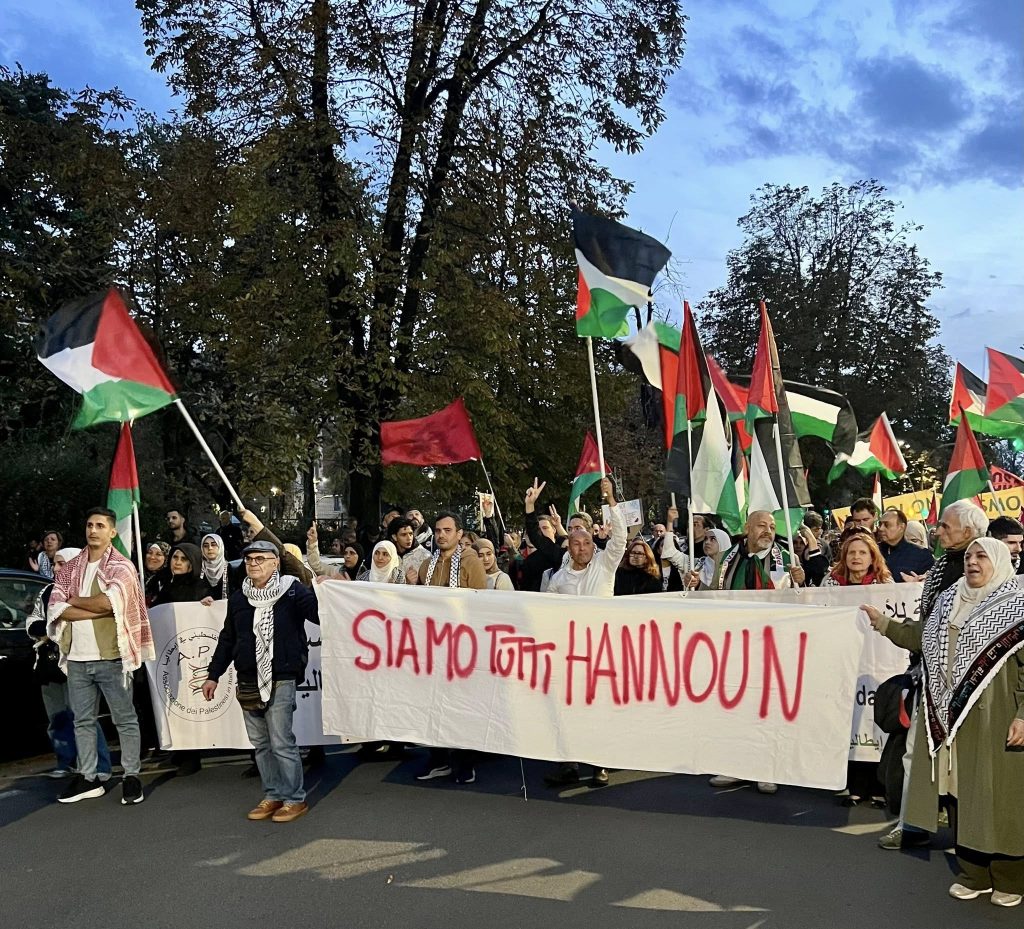
The attack on the Palestinian community in Italy shows clear signs of cooperation with other imperialist powers, as well as with the Zionist regime and its surveillance and “security” forces, with media reports citing the U.S. sanctions and cooperation with the Netherlands and “other European authorities”, as well as with “Israel”. In fact, the allegations against the targeted Palestinians state that the targeted men helped to support associations “declared illegal by Israel.” This is in and of itself an outrageous “allegation,” as “Israel” routinely criminalizes and bans all forms of aid, social support, human rights activism, political organization, community organizing, independent business, health services, agricultural unions, and cultural activities of all kinds among the Palestinian population, as it is actively engaged in a genocide and a criminal colonial occupation against that population and is seeking to secure their expulsion and extermination through isolation, siege and starvation.
Disturbingly, these arrests also come days after the widely criticized visit of Palestinian Authority president Mahmoud Abbas (Abu Mazen) to the Brothers of Italy conference at Atreju between 6 and 14 December, where he embraced Meloni. Palestinian organizations throughout Italy — including the API led by Hannoun, as well as the Giovani Palestinesi Italia (Palestinian Youth of Italy), the Unione Democratica Arabo-Palestinese and the Movimento Studenti Palestinesi in Italia — denounced Abu Mazen’s attendance, noting that Meloni and her government are being pursued at the ICC for collaboration in the genocide in Gaza at the same time that Abu Mazen is embracing them. They noted that this underlines the ongoing collaboration of the PA with Zionism and imperialism against the Palestinian people, alongside “security coordination” with “Israel” and the repression of the resistance in the West Bank. They called for accountability for Italian complicity in genocide and freedom for the Palestinian political prisoners in Italian jails, and affirmed that the Resistance is the sole legitimate representative of the Palestinian people.
Meloni, from her widely publicized platform at Atreju, angrily denounced the Palestinian organizations speaking out against Italian complicity, PA collaboration, and Abu Mazen’s betrayal, denouncing these “self-proclaimed” organizations and their “delusional” statement, asking if they are acting “in service of Hamas.” These arrests come one week after Meloni publicly identified these Palestinian community organizations as political enemies.
It is also notable that the arrested Palestinians are specifically being targeted for allegedly aiding the families of martyrs and prisoners with their charitable and humanitarian support. This comes as the Palestinian Authority has massively escalated its own attack on the families of martyrs and prisoners, as well as released prisoners, stripping them of their salaries and financial support, across all factional and political lines, in a joint plan with the U.S. and European imperialist states. In fact, the PA’s escalation of this existing policy against the families of martyrs and prisoners came simultaneously with Abu Mazen’s visit to Italy, and now Palestinians in Italy are being criminalized on the basis of accusations of supporting the same targeted individuals and families — clearly indicating a firm plan and alliance meant to break the steadfastness and resistance of the Palestinian people through economic starvation and siege alongside brutal colonial violence.
Samidoun Palestinian Prisoner Solidarity Network demands the immediate release of Mohammed Hannoun and the detained Palestinians in Italy — including Anan Yaeesh, Ali Irar, Mansour Doghmosh and Ahmed Salem — and the return of the funds of the targeted organizations, as well as a full end to Italian support, complicity, trade and military commerce with the Zionist regime. This is a moment when independent, community-based support for the Palestinian people, especially in Gaza, is more urgent than ever, as the Zionist regime, with full U.S. and European imperialist support, is aiming to accomplish what it could not through its genocidal bombs through siege, starvation, the continued closure of the Rafah crossing, and the denial of fundamental needs. The work of these organizations is most desperately needed now — and this is precisely why they have been targeted.
As we noted at the time of Samidoun’s designation:
“Like the Zionist entity fears the Palestinian resistance, so do the imperialist powers fear the Palestinian diaspora and their supporters that have been rising up again and again, especially since the start of operation Al-Aqsa Flood and the Zionist genocide. They fear a strong, popular movement that threatens their economic and political interests in Palestine and the region.”
Once again, the imperialist powers are making clear that they are more than willing to carry out intense repression, criminalization and imprisonment in order to aid and abet genocide. We urge the movement for Palestine — in Italy, throughout Europe, and internationally — to rally around all of the targeted individuals and organizations, and to not allow the tactics of state terror and fear to divide us.
Further, it is long past time for all Palestinian, Lebanese and regional resistance organizations — let alone charitable, community, activist and humanitarian initiatives — to be removed from so-called “terrorist lists” — in Italy, in Europe, in the U.S. and around the world. The Palestinian people, and all occupied peoples, have the right to resist their occupation, to defend themselves, to liberate their land, and to organize to achieve those goals.
For the solidarity movement’s work to be meaningful and effective, it must act to support the Palestinian Resistance organizations — and, indeed, to coordinate with them on the broadest possible level. We must redouble our efforts to escalate our resistance and globalize the intifada in the streets of the cities of the world, for the freedom of all of our prisoners in Zionist and imperialist jails, and for the freedom of Palestine, from the river to the sea.




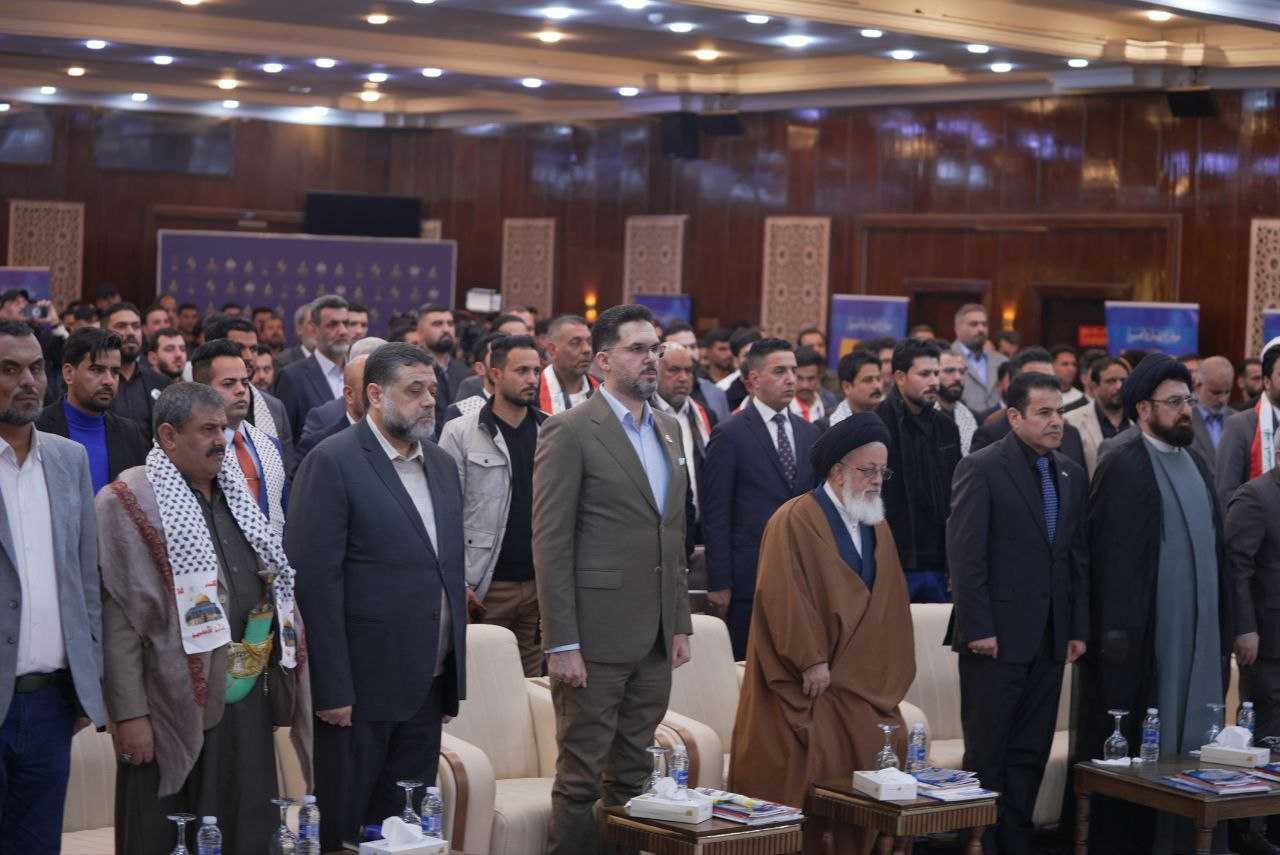
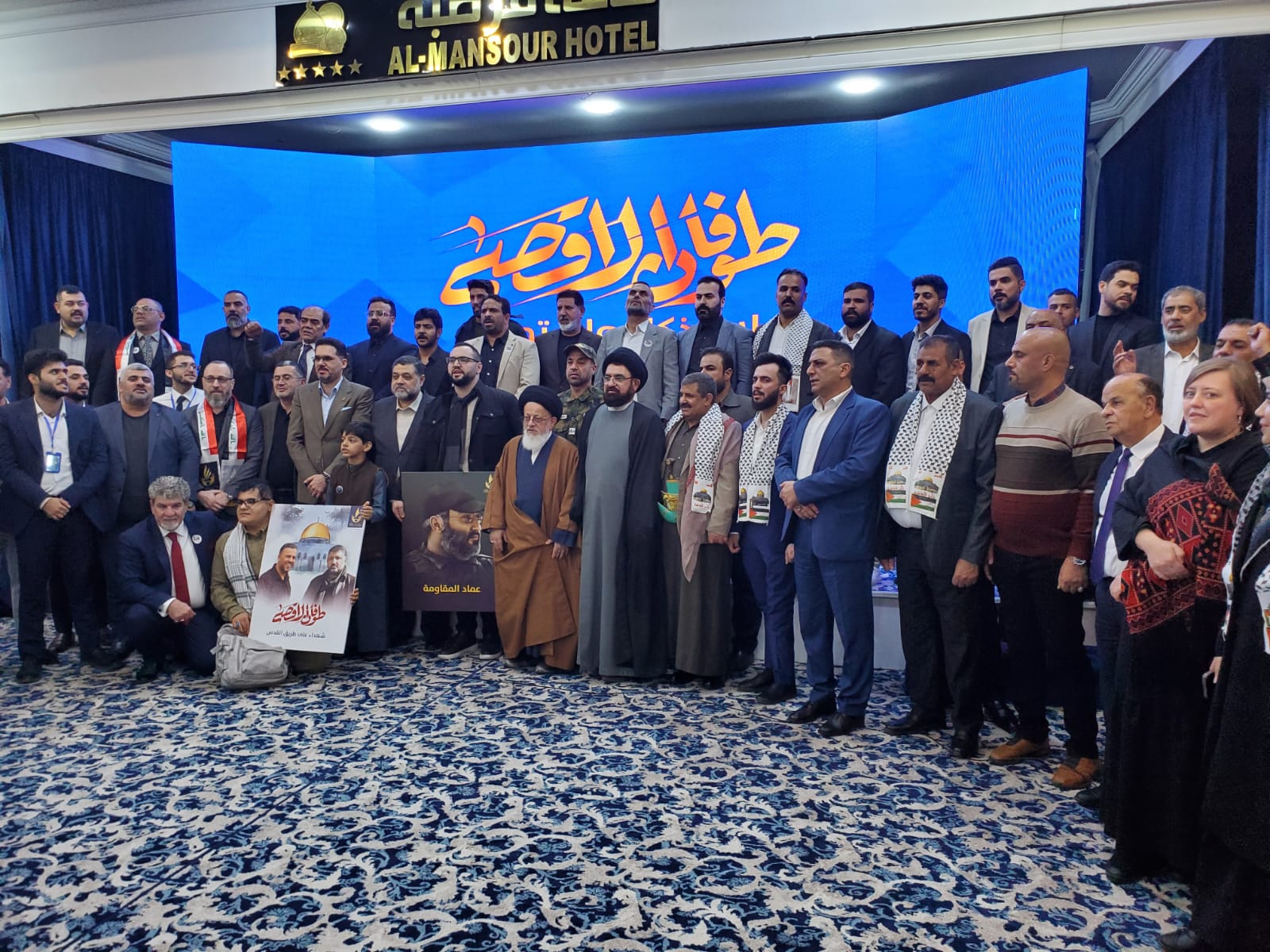



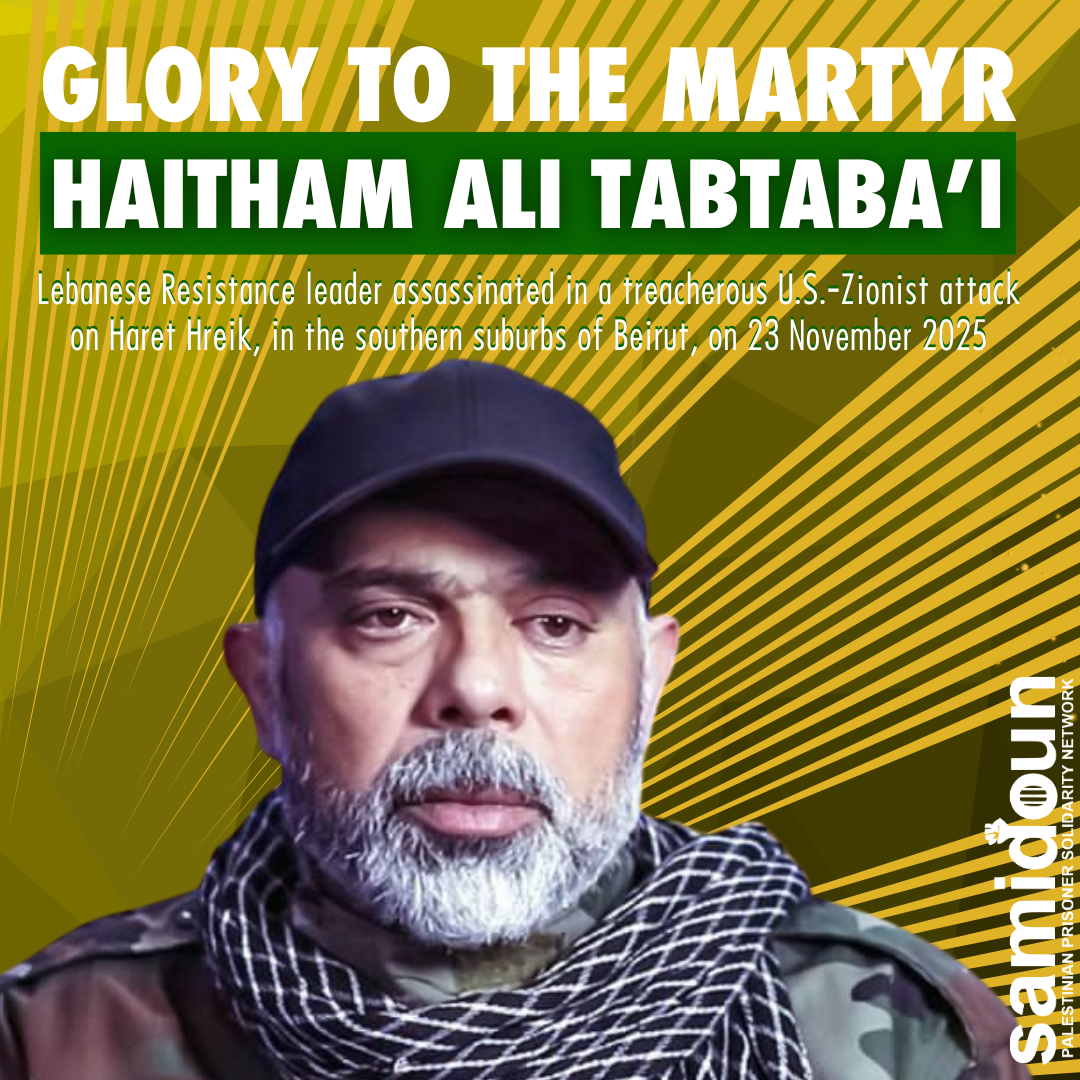
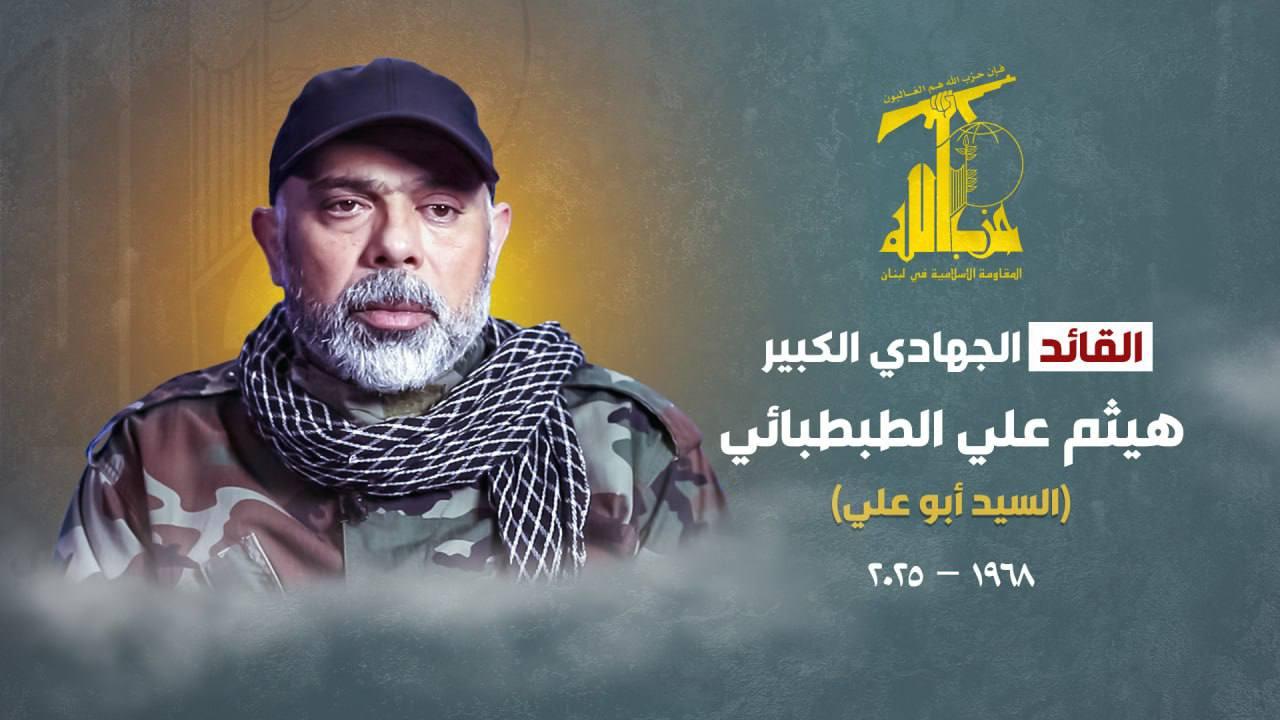
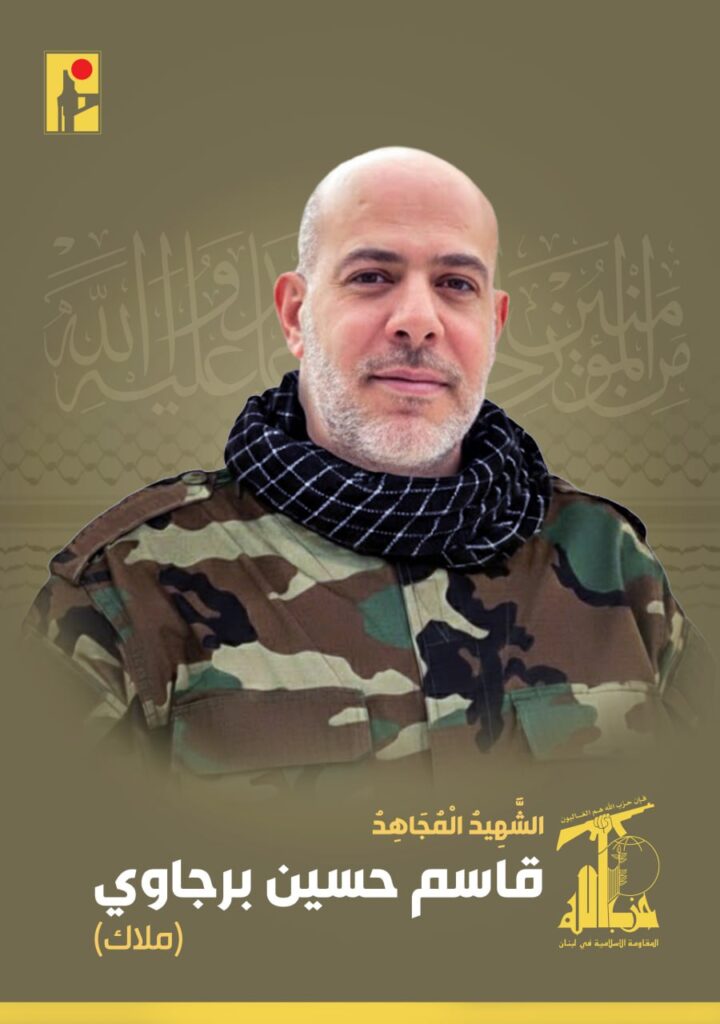
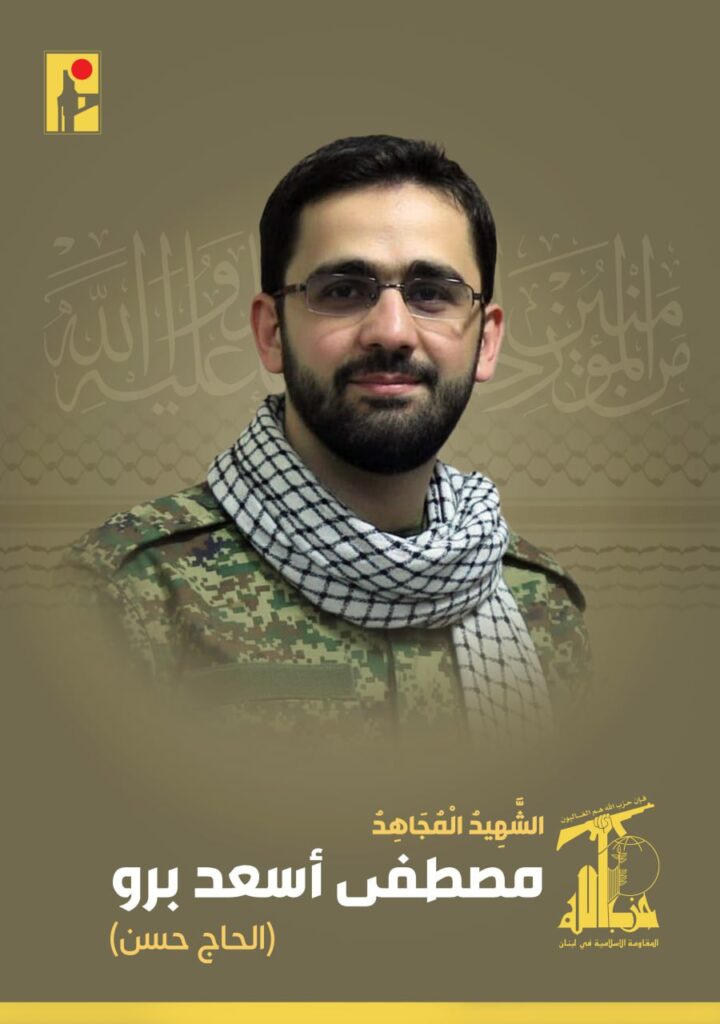
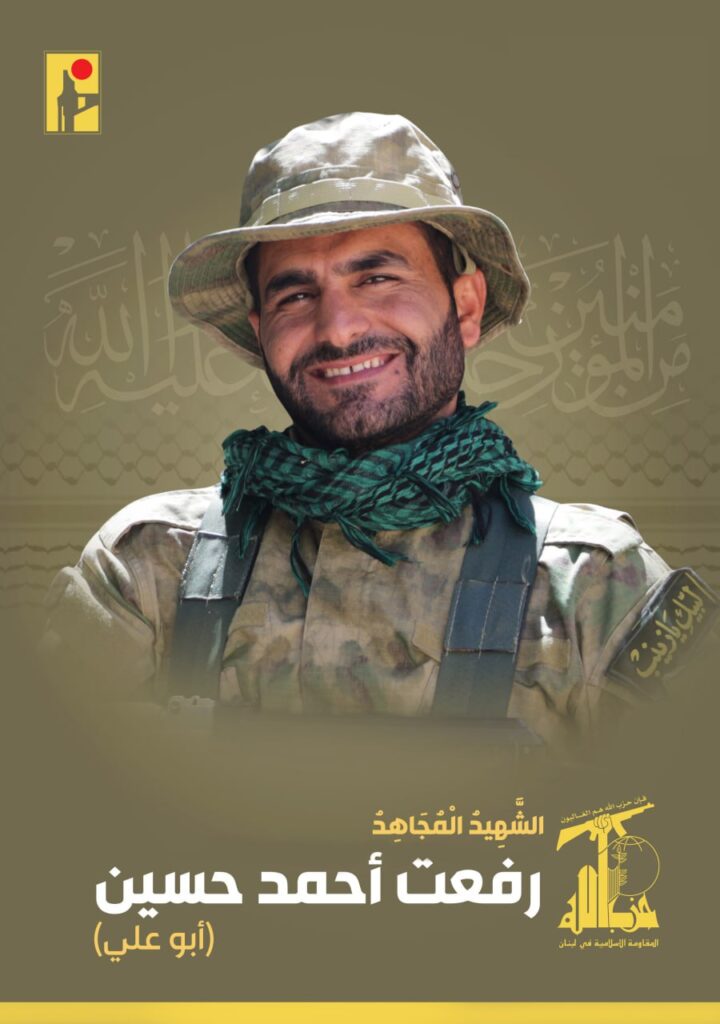
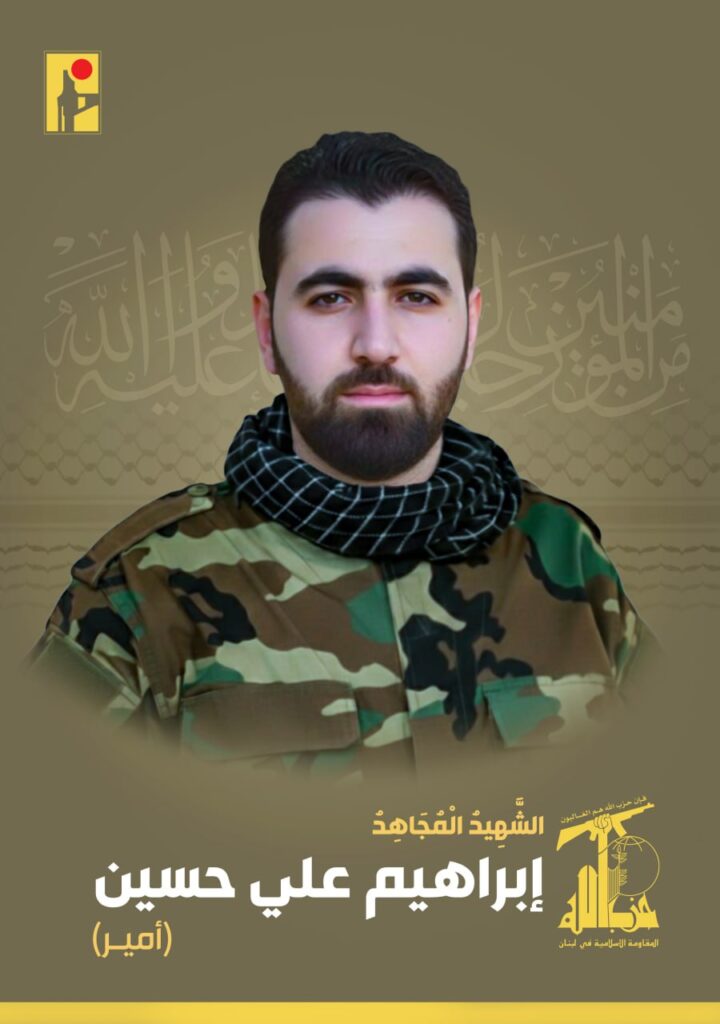

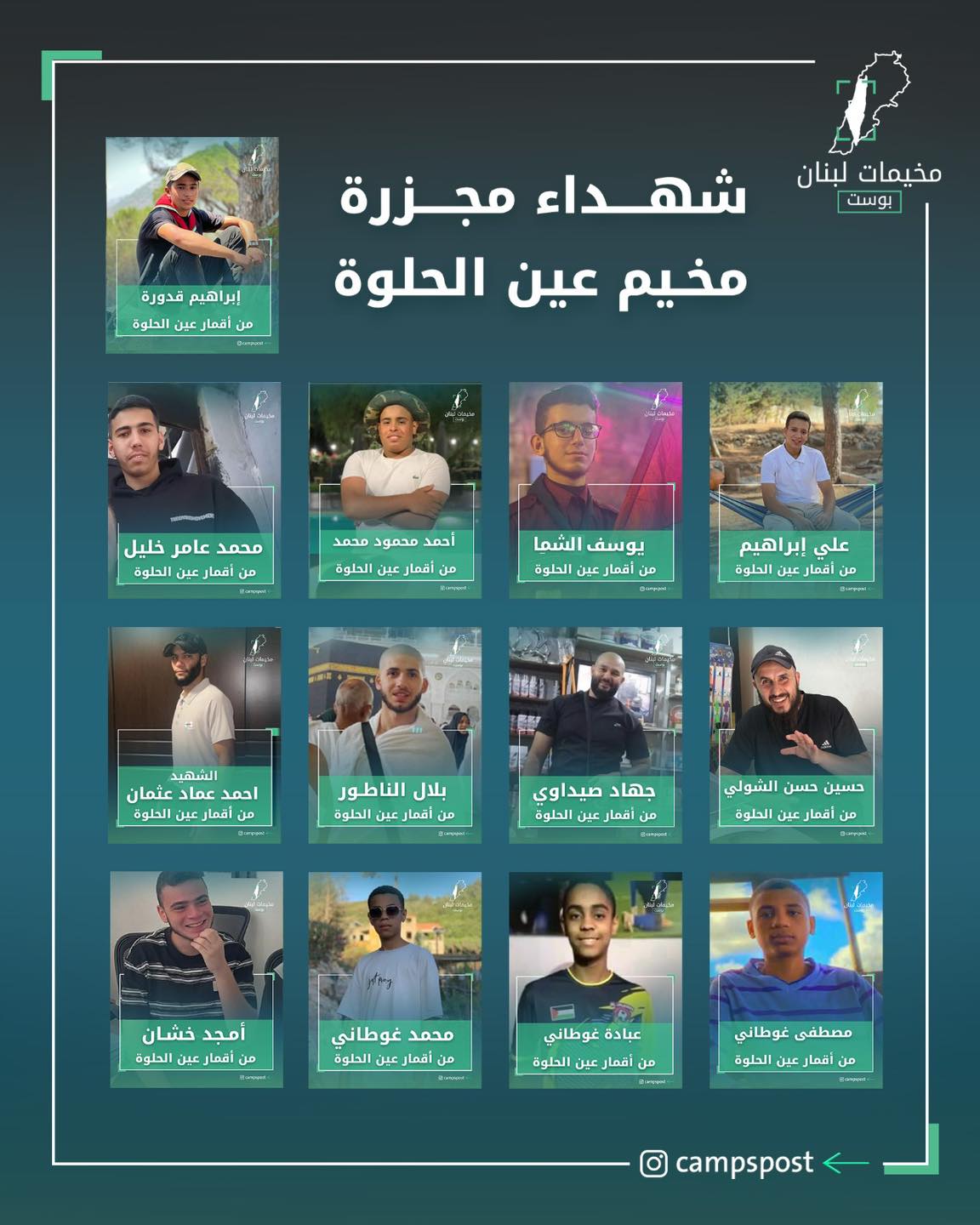
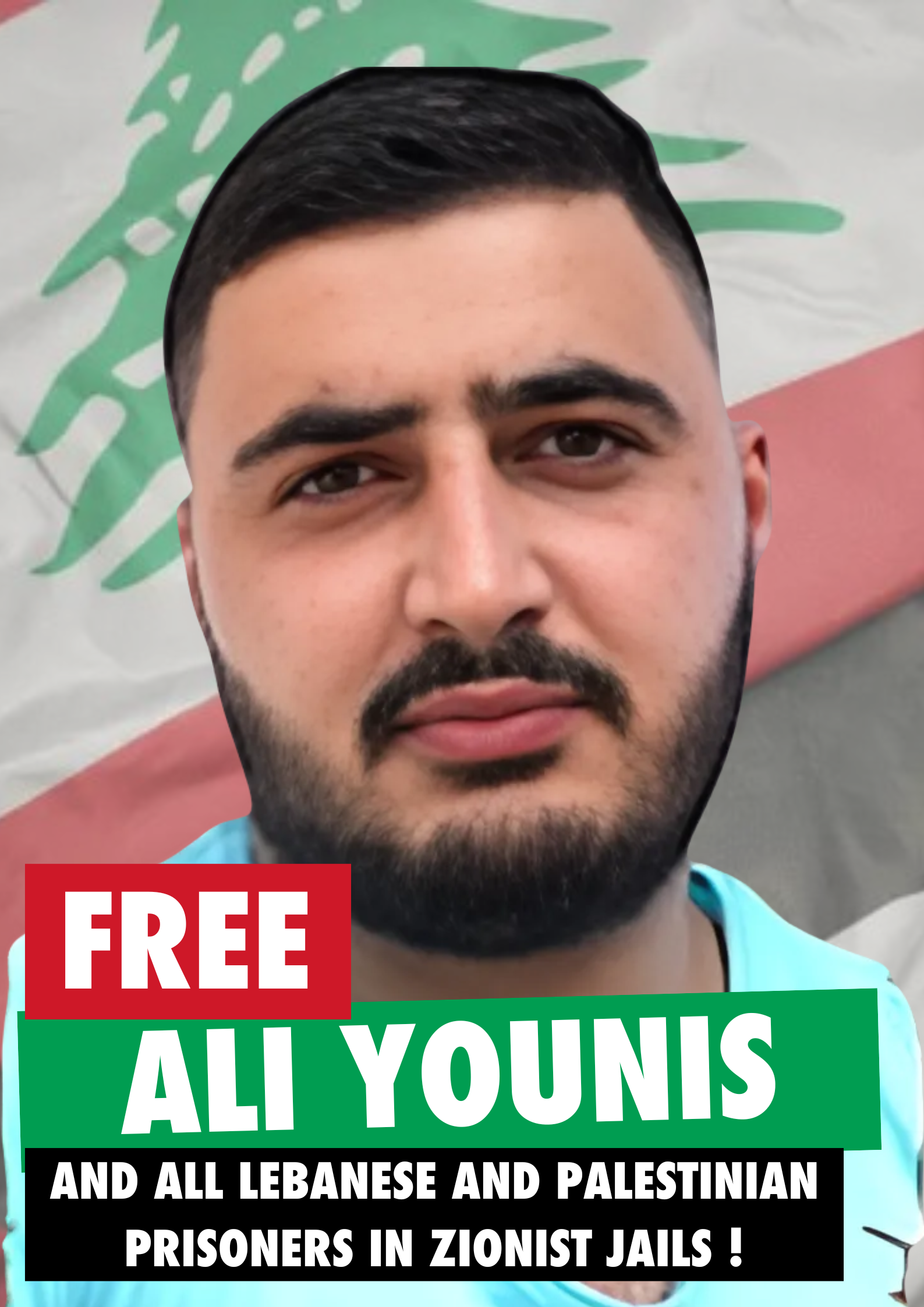



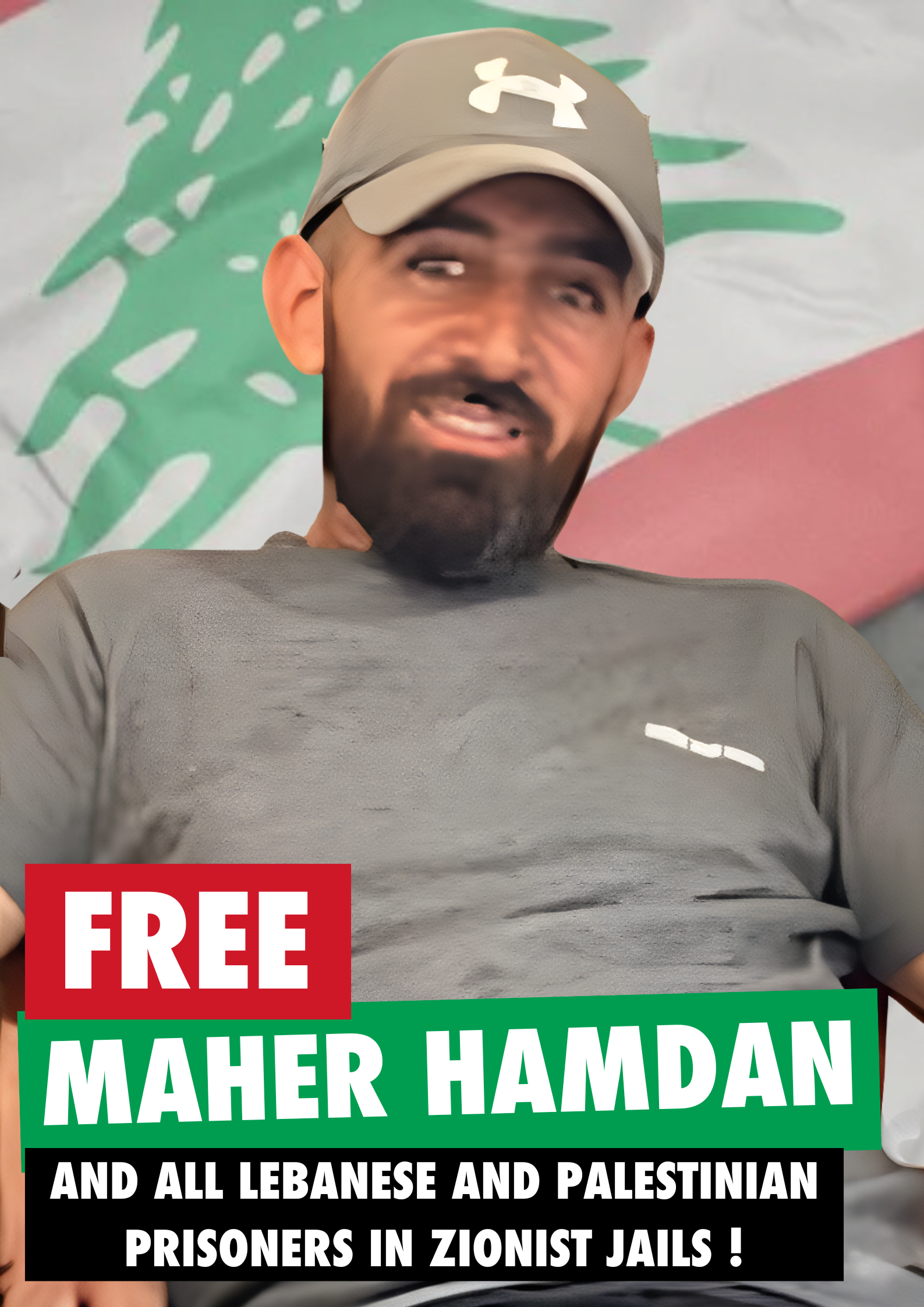
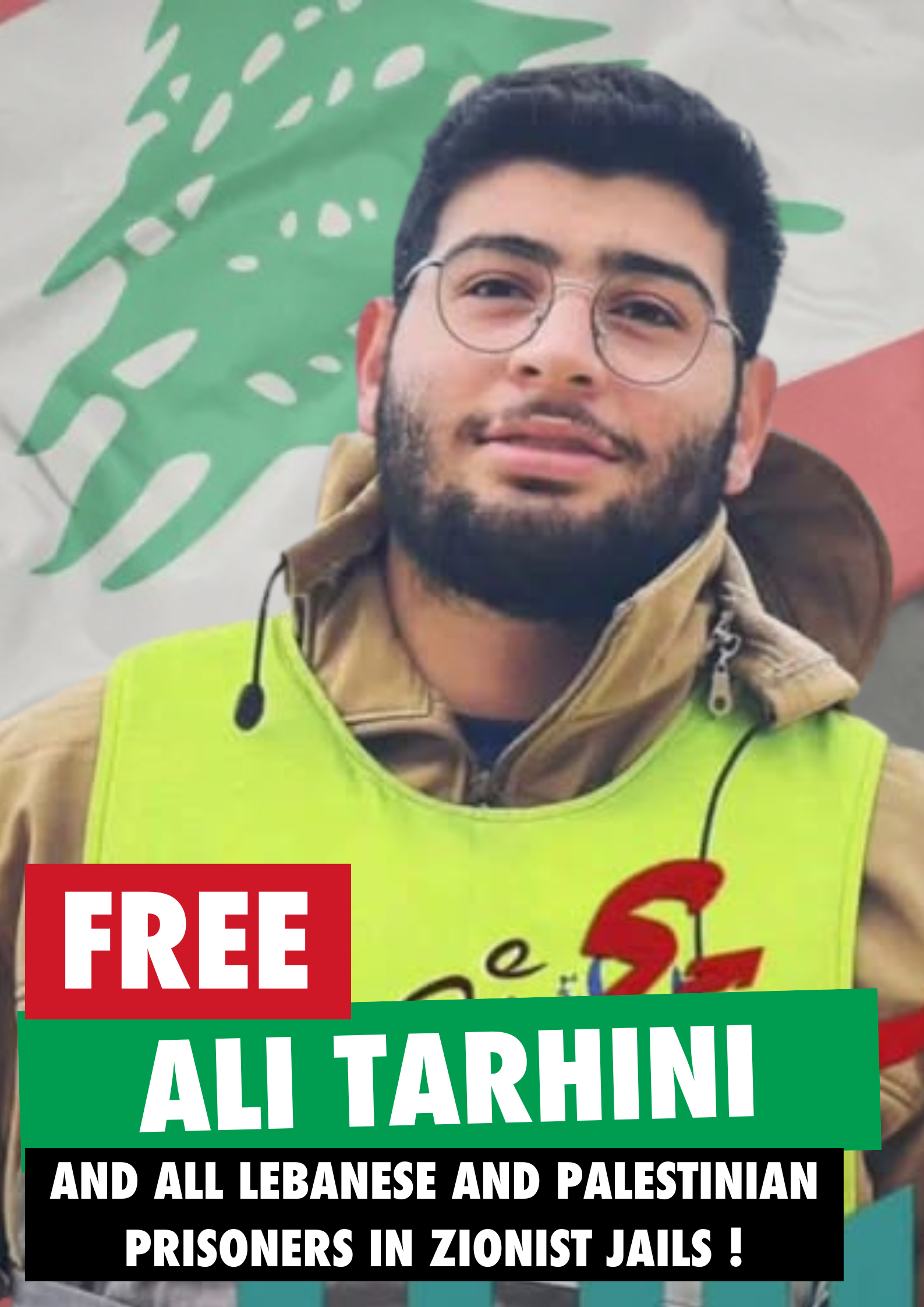
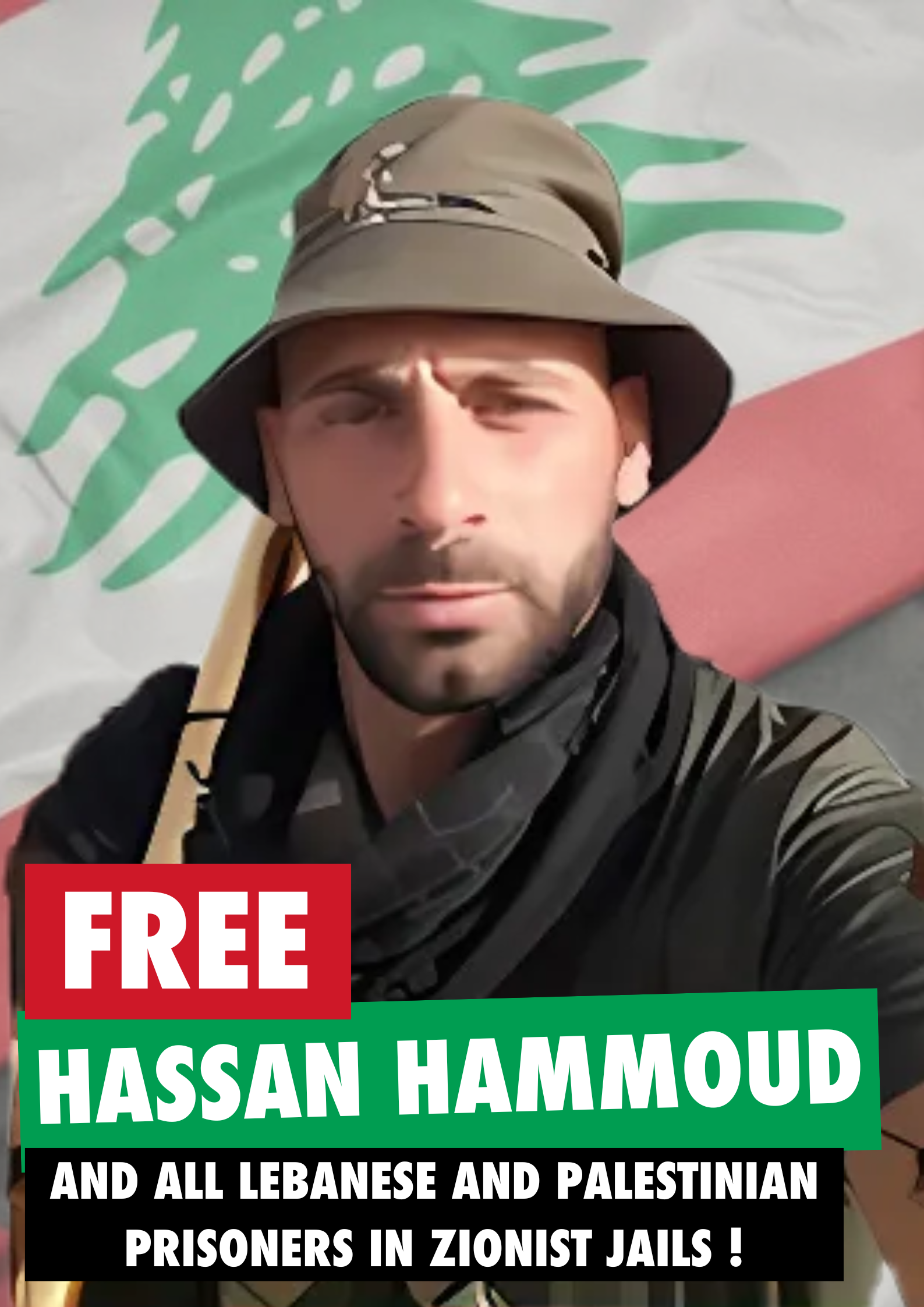
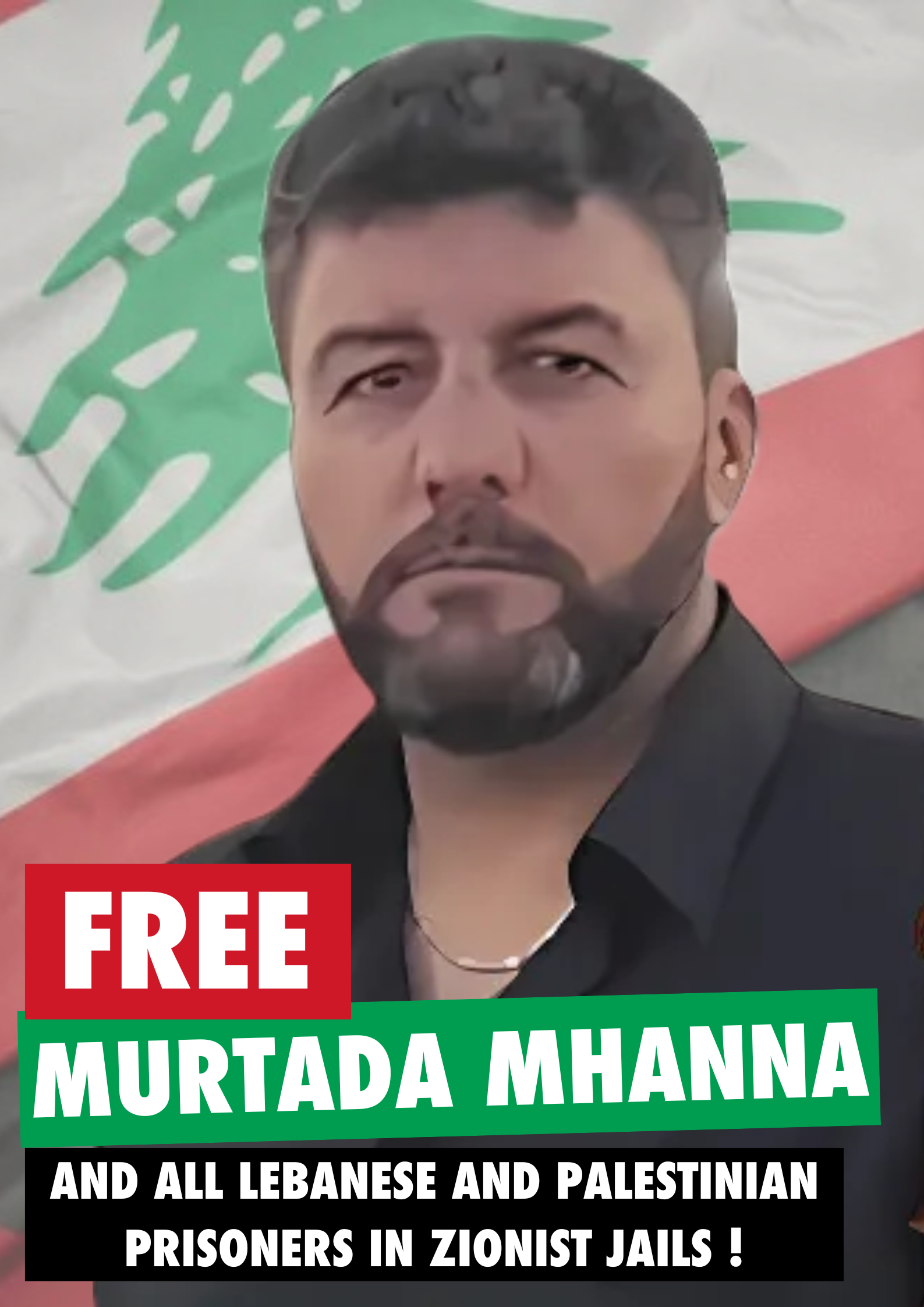
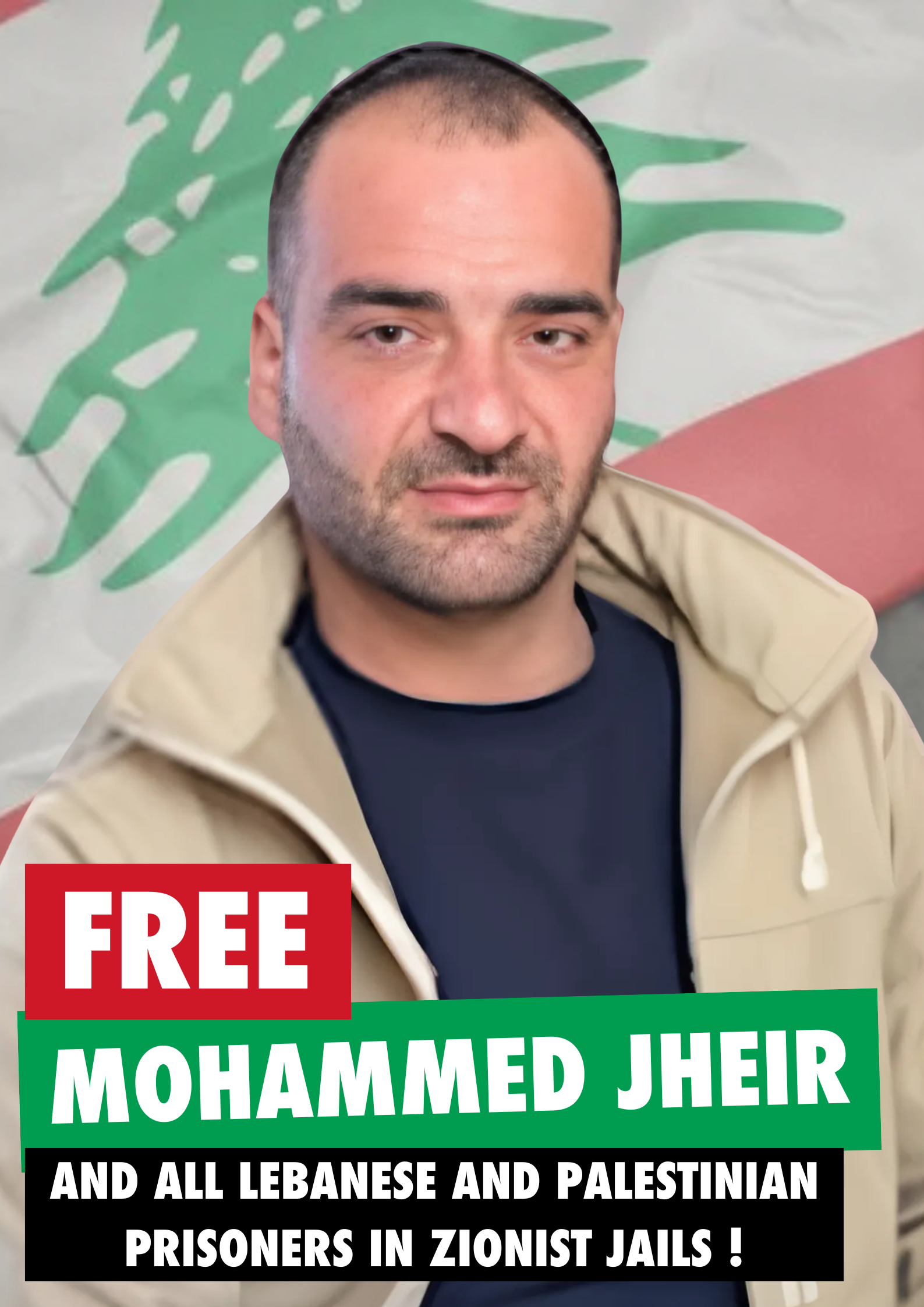
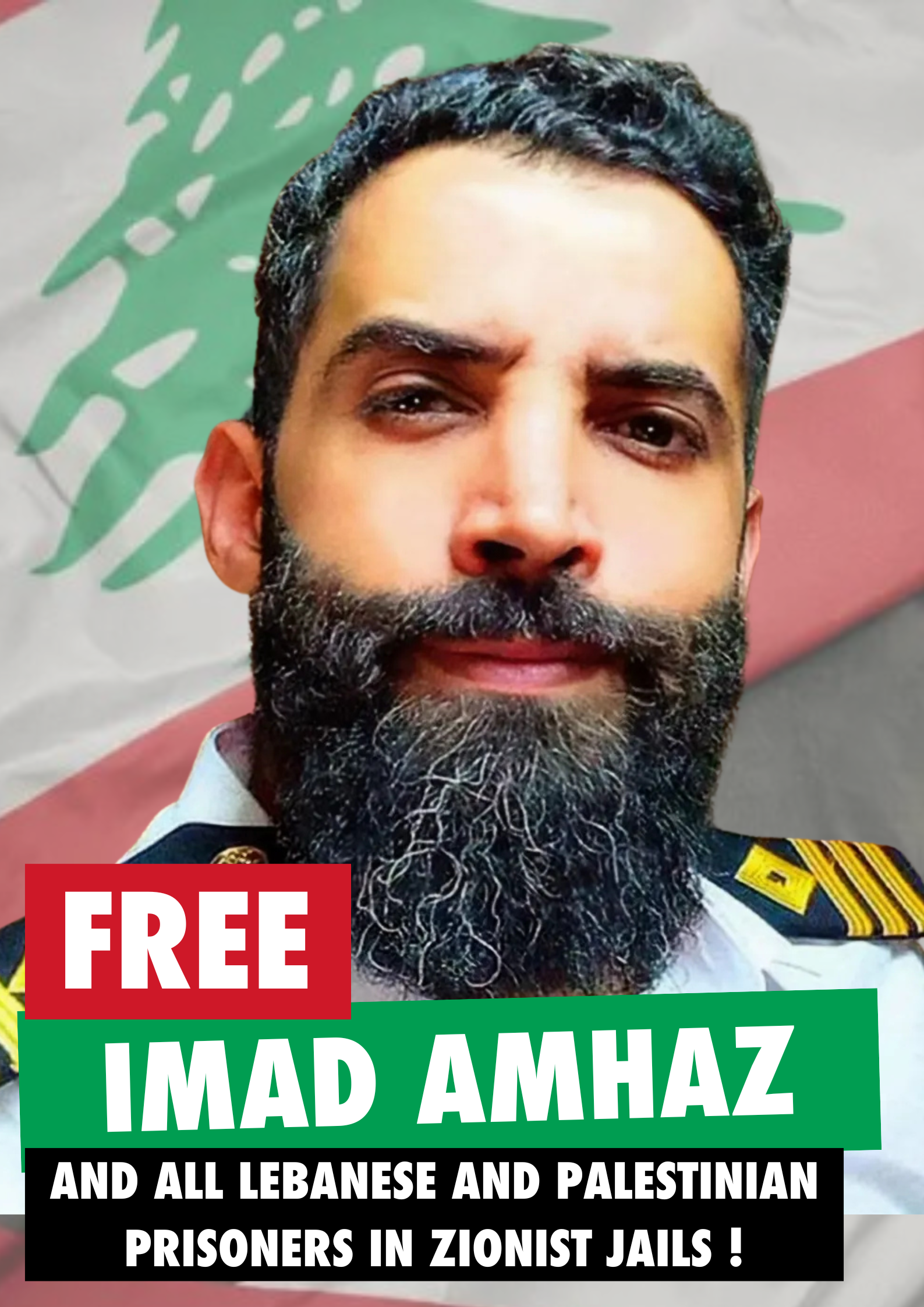
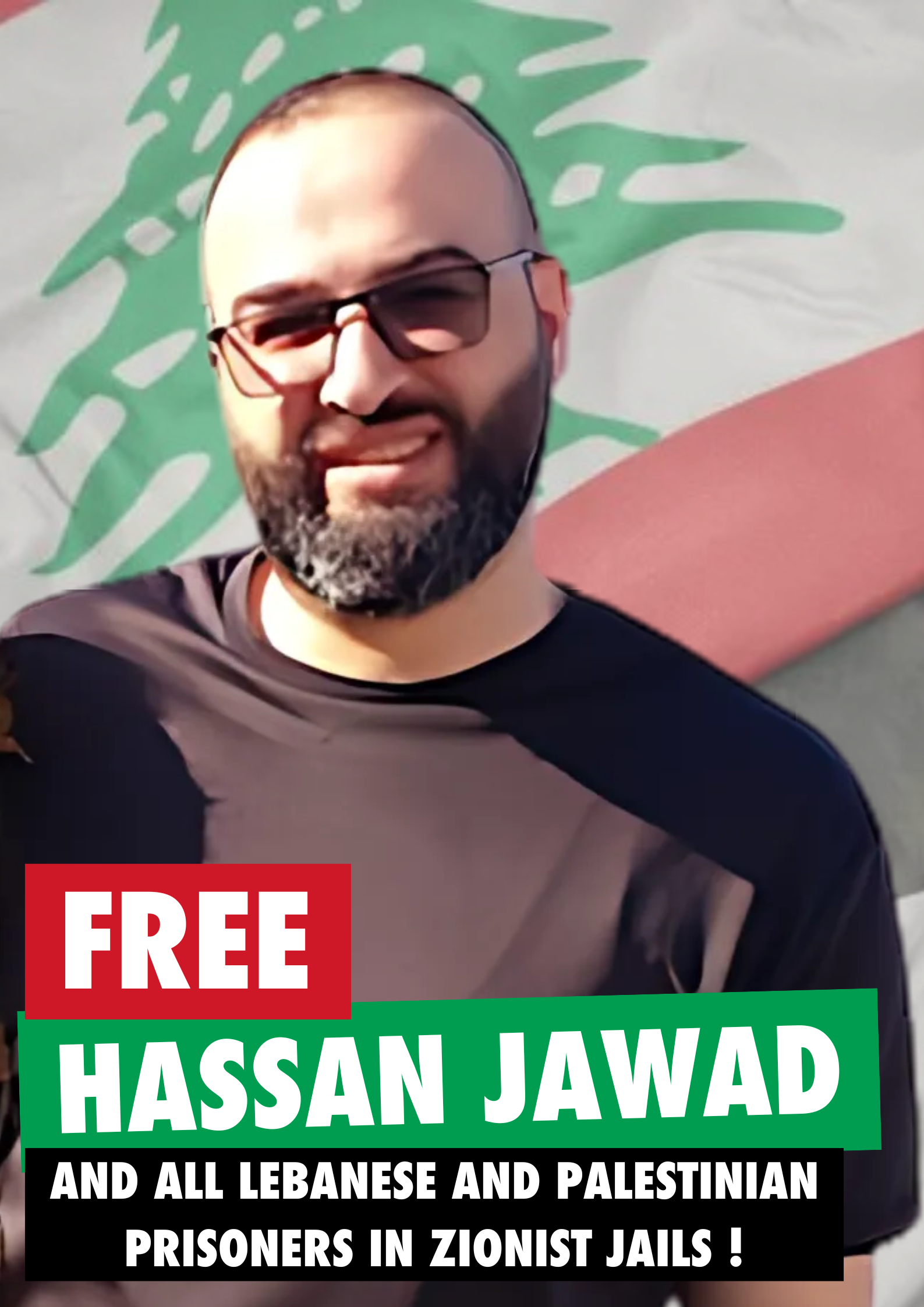

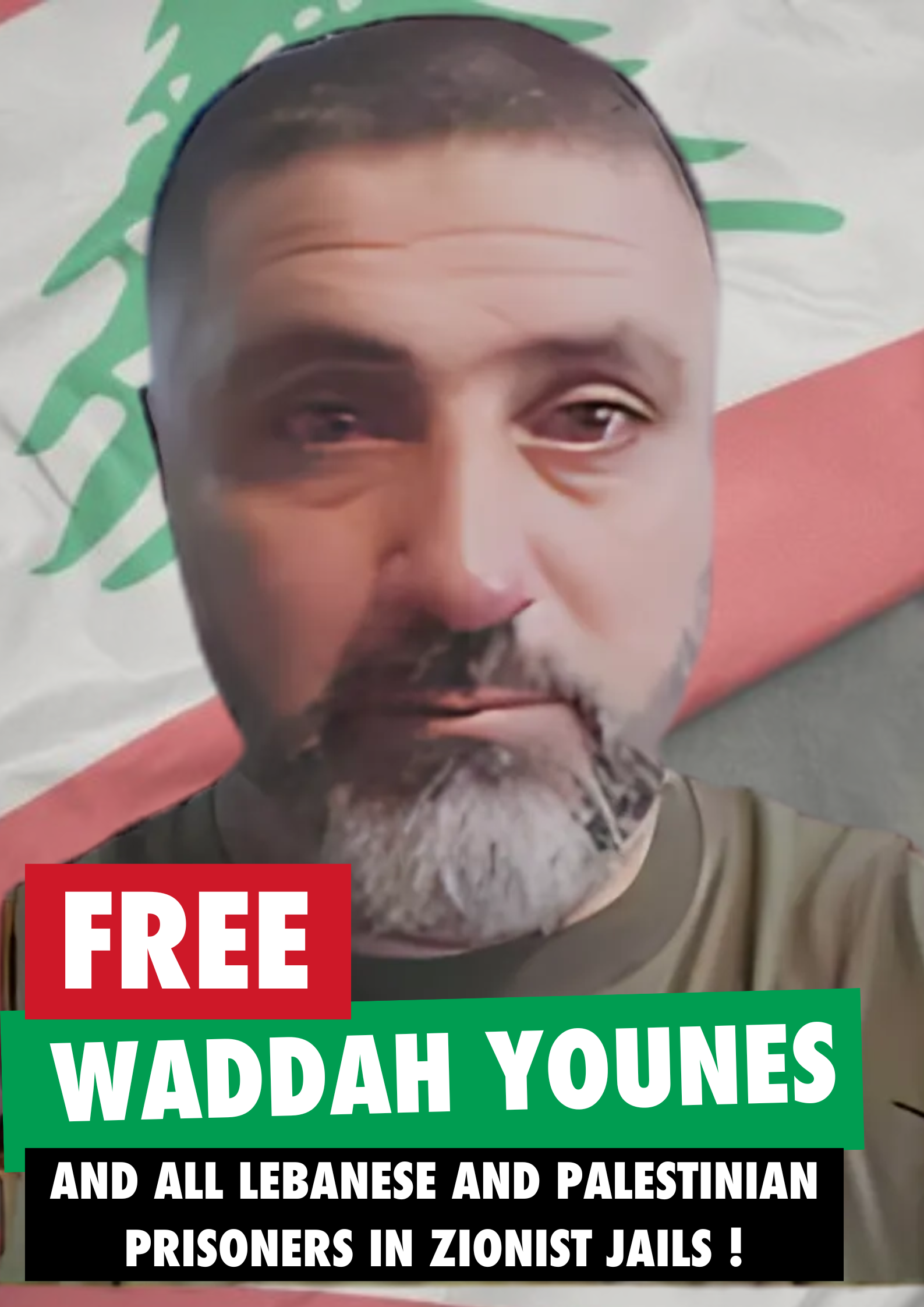
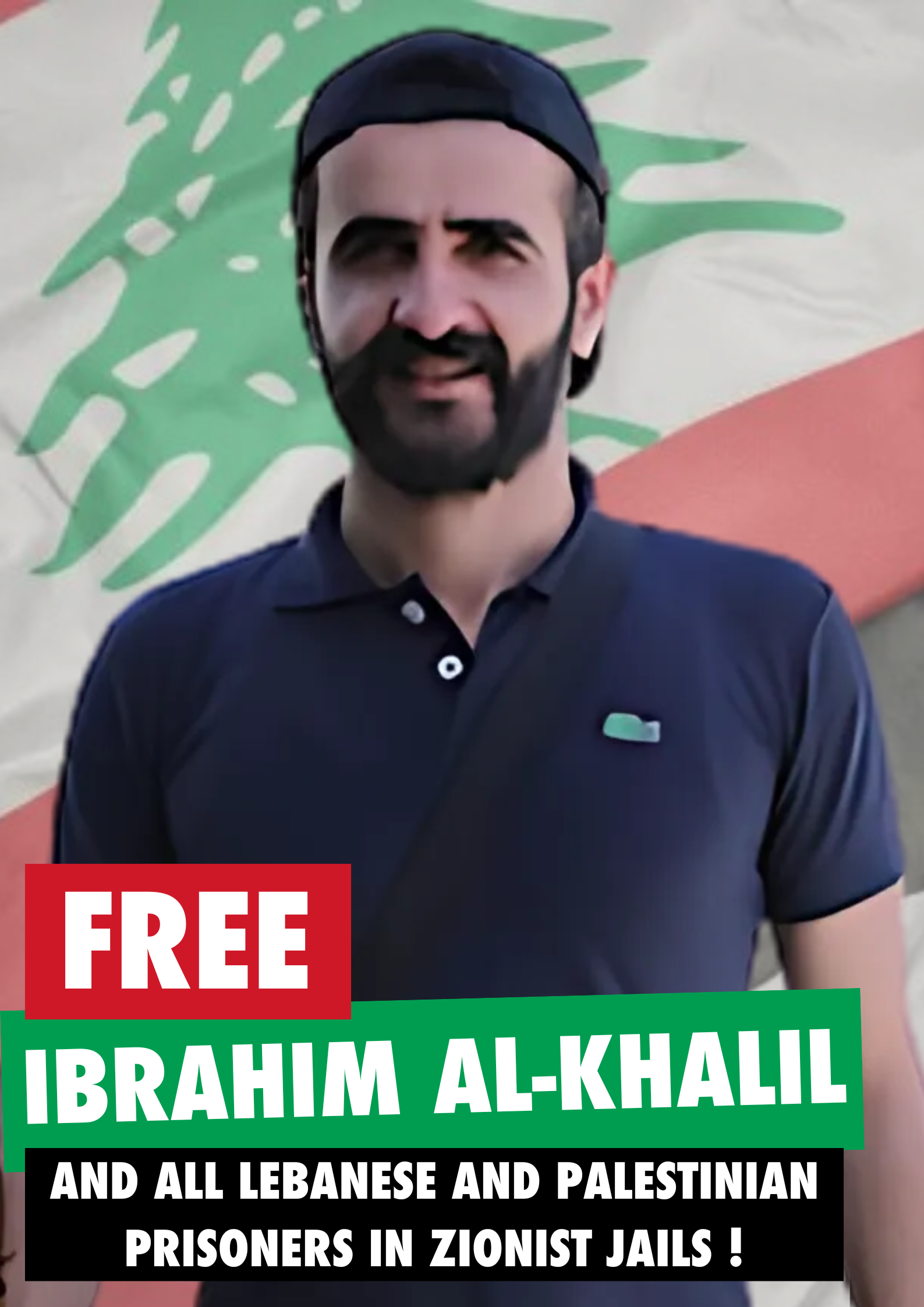
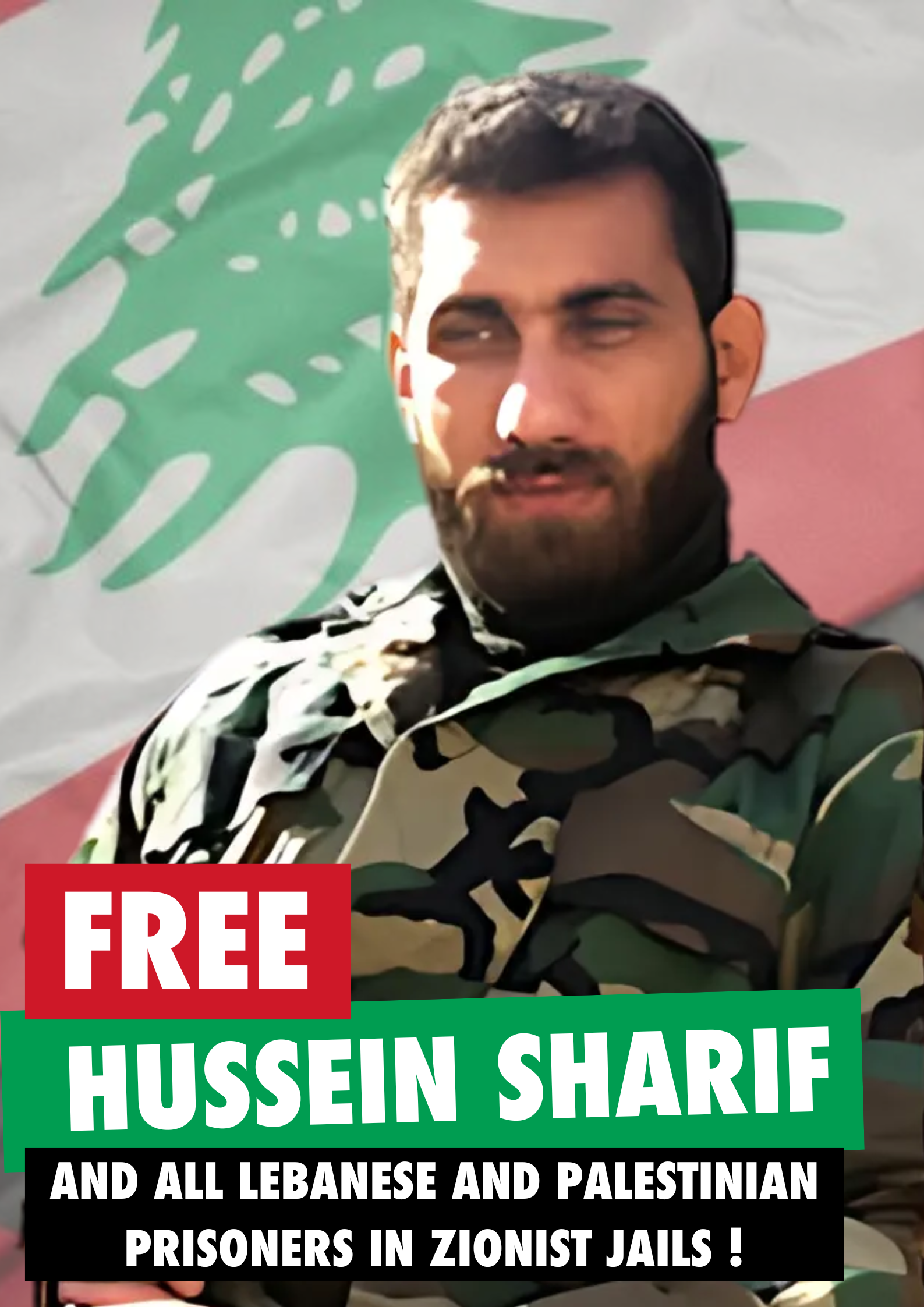
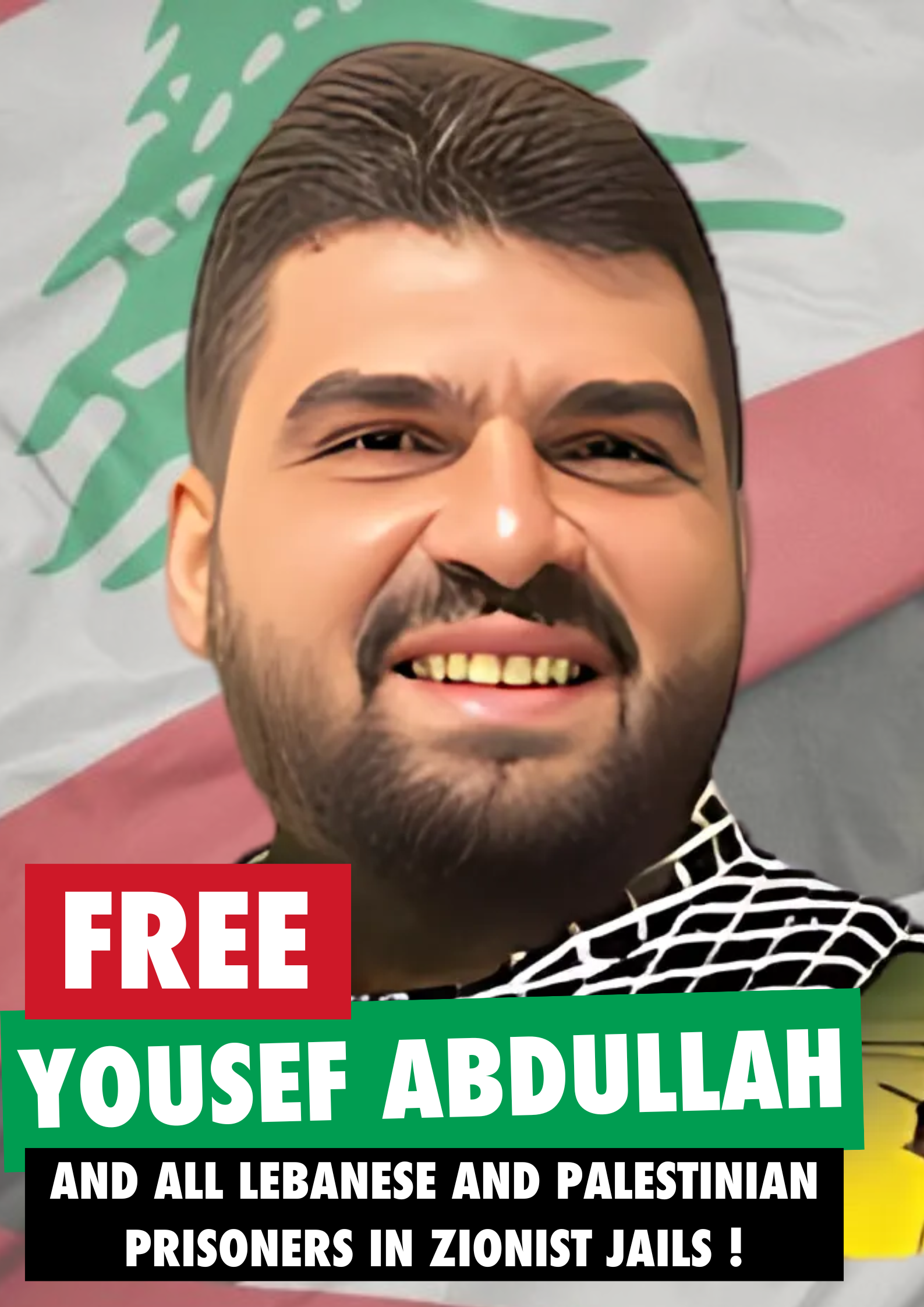
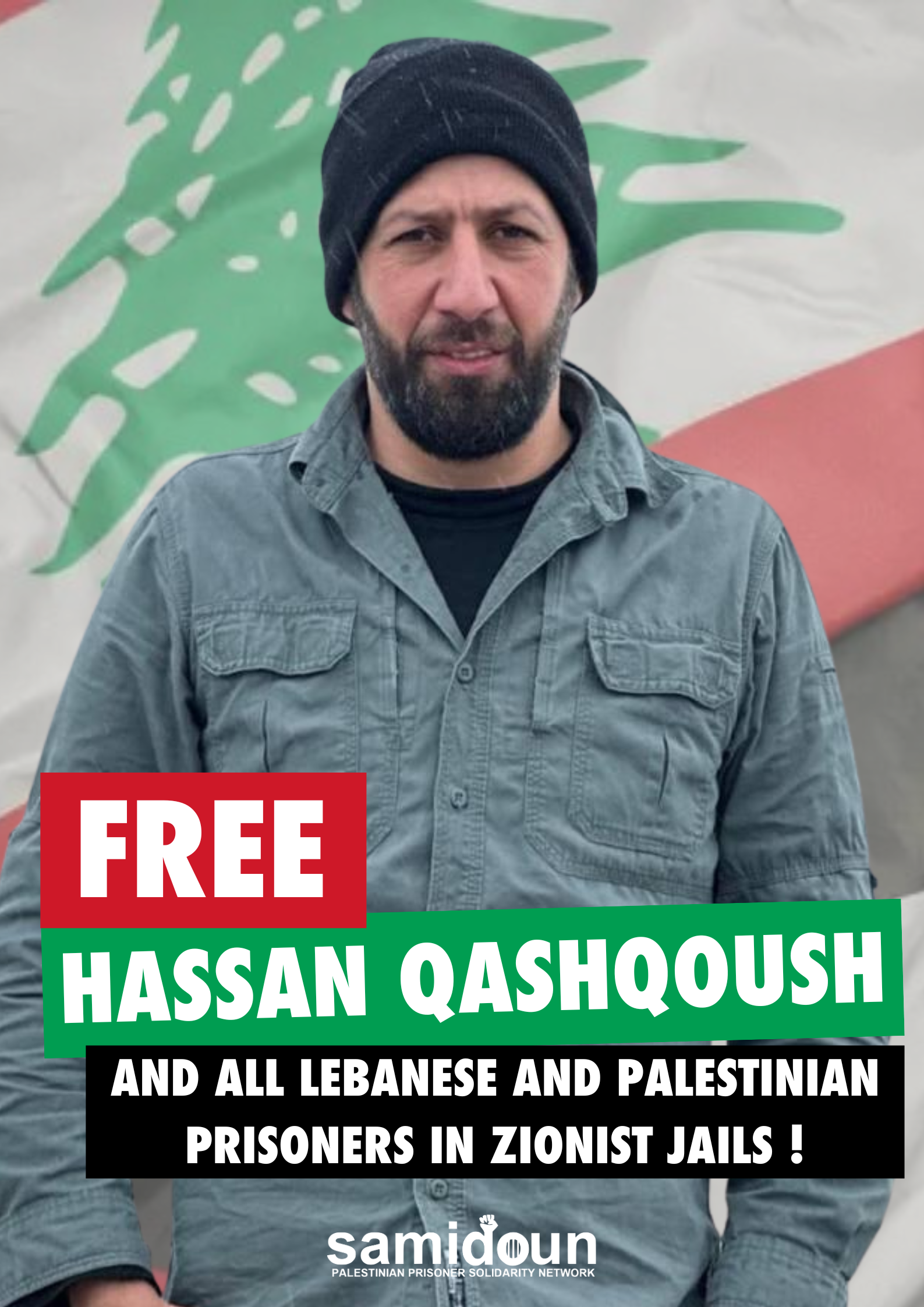
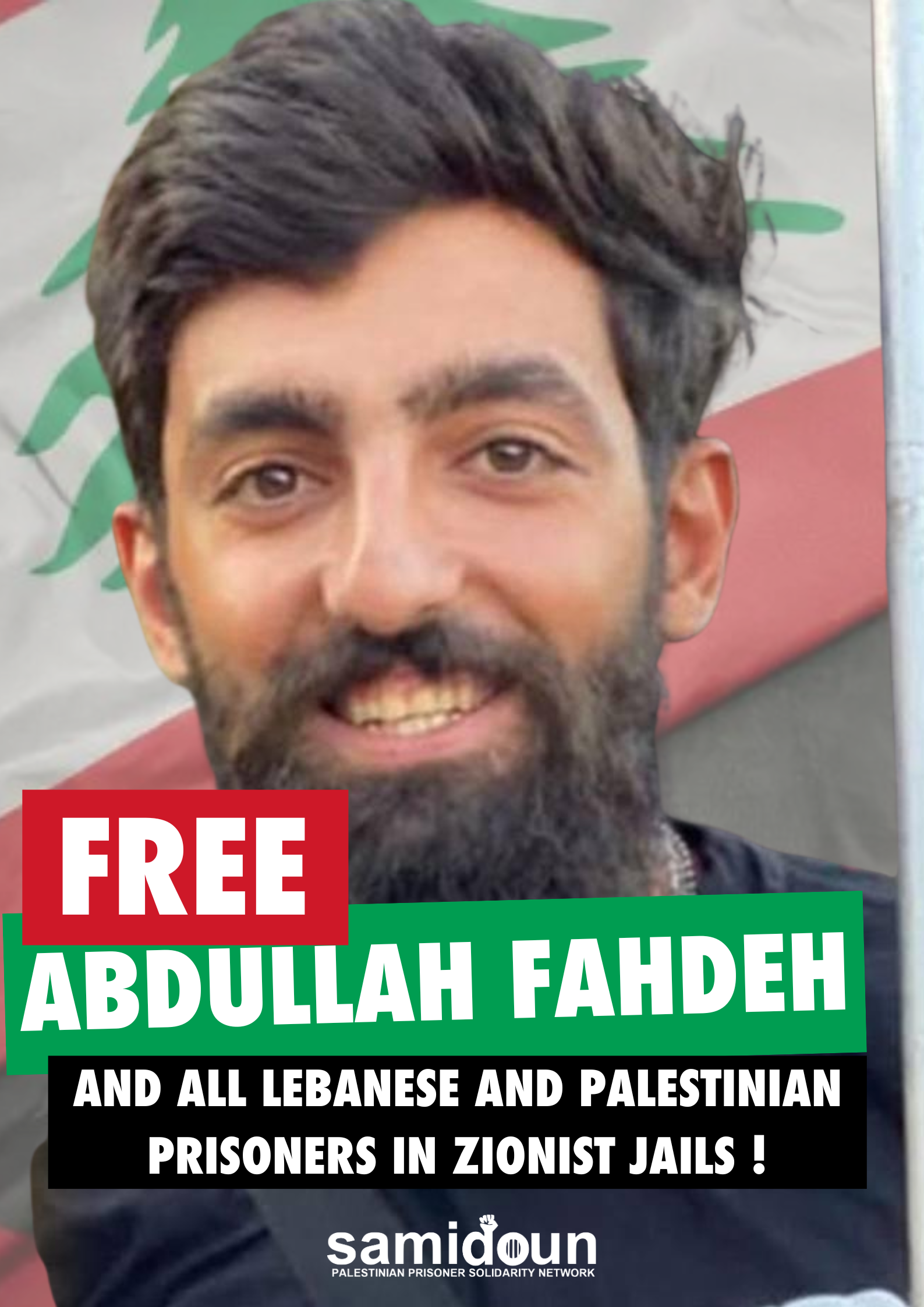

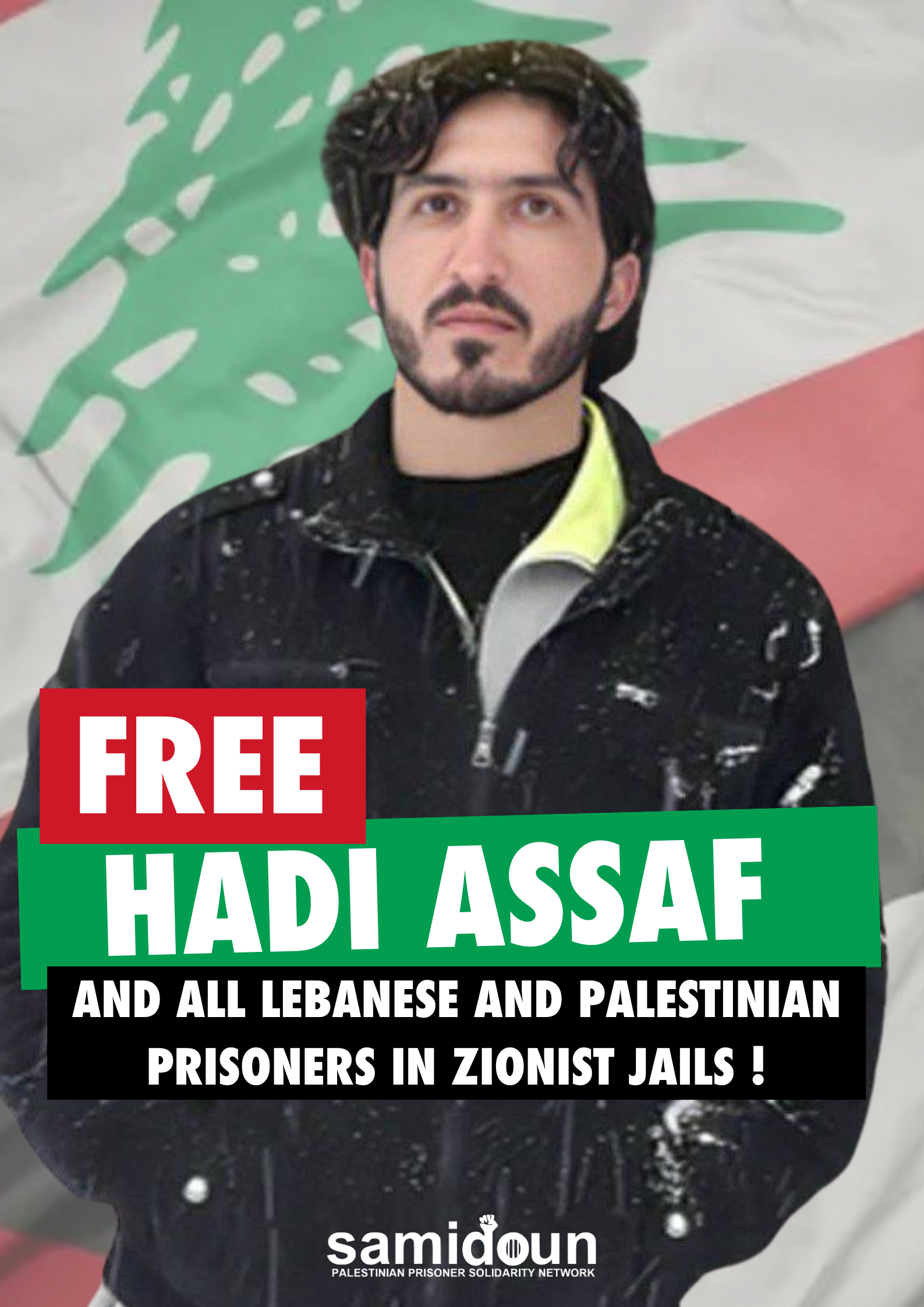
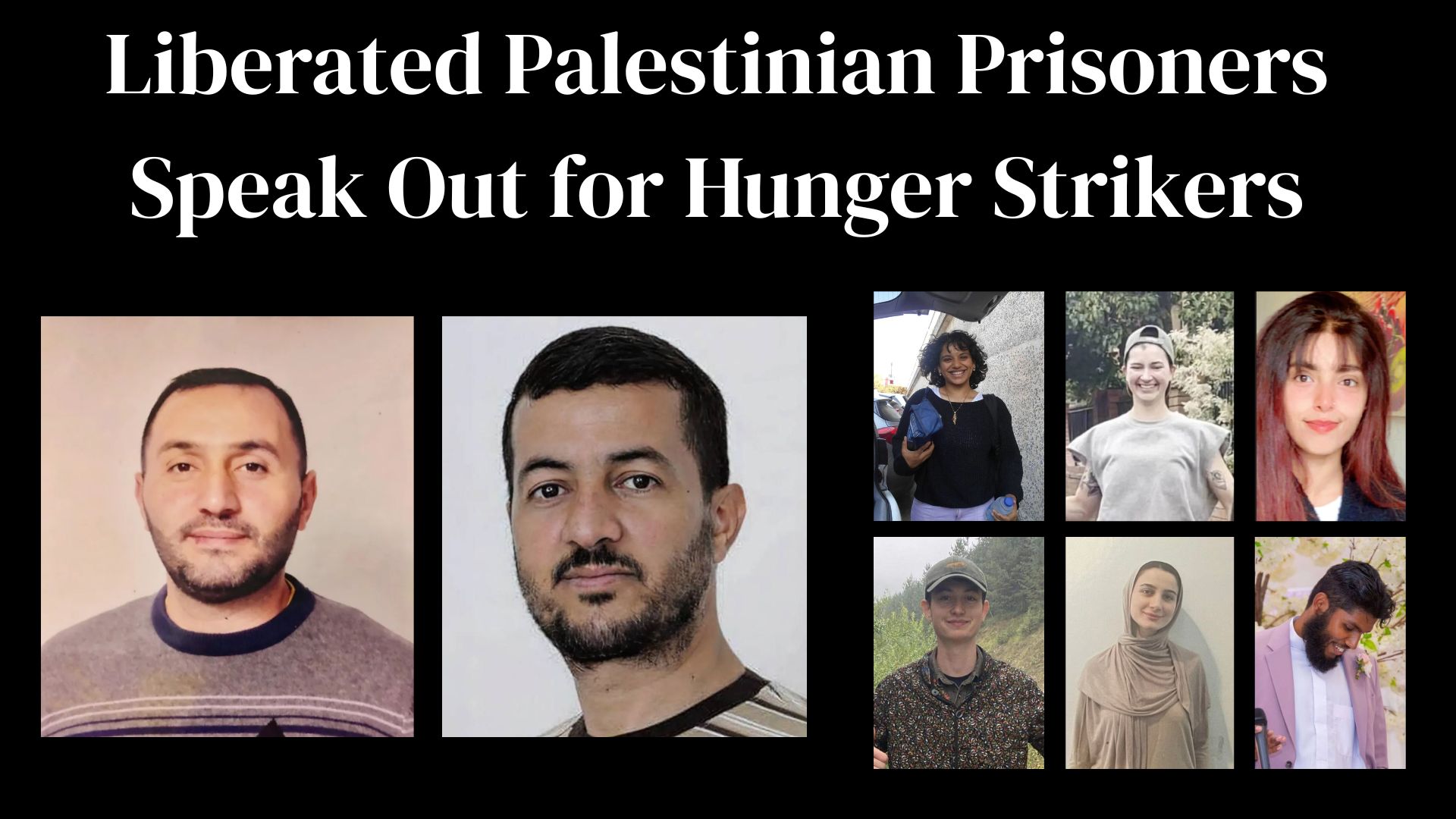
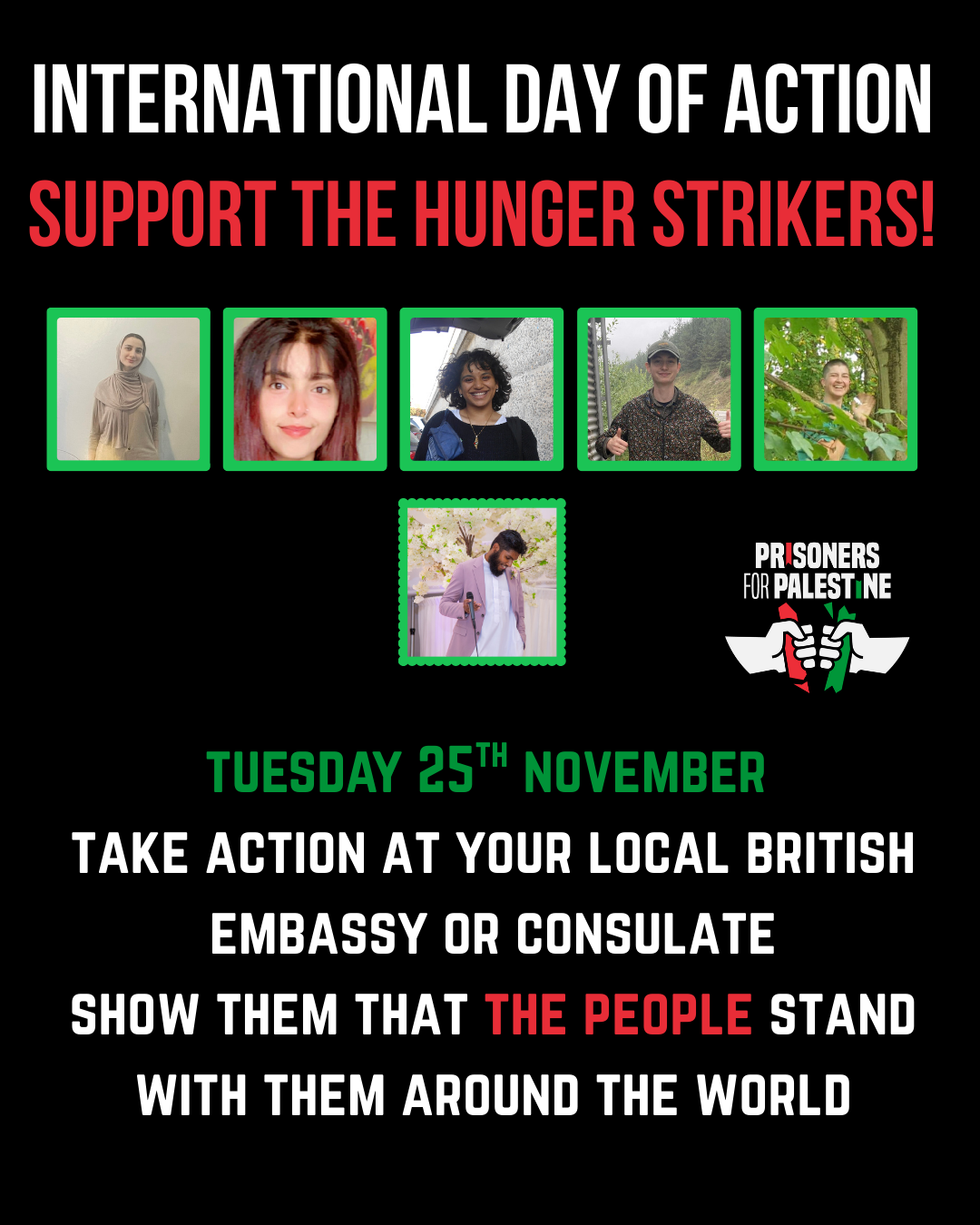
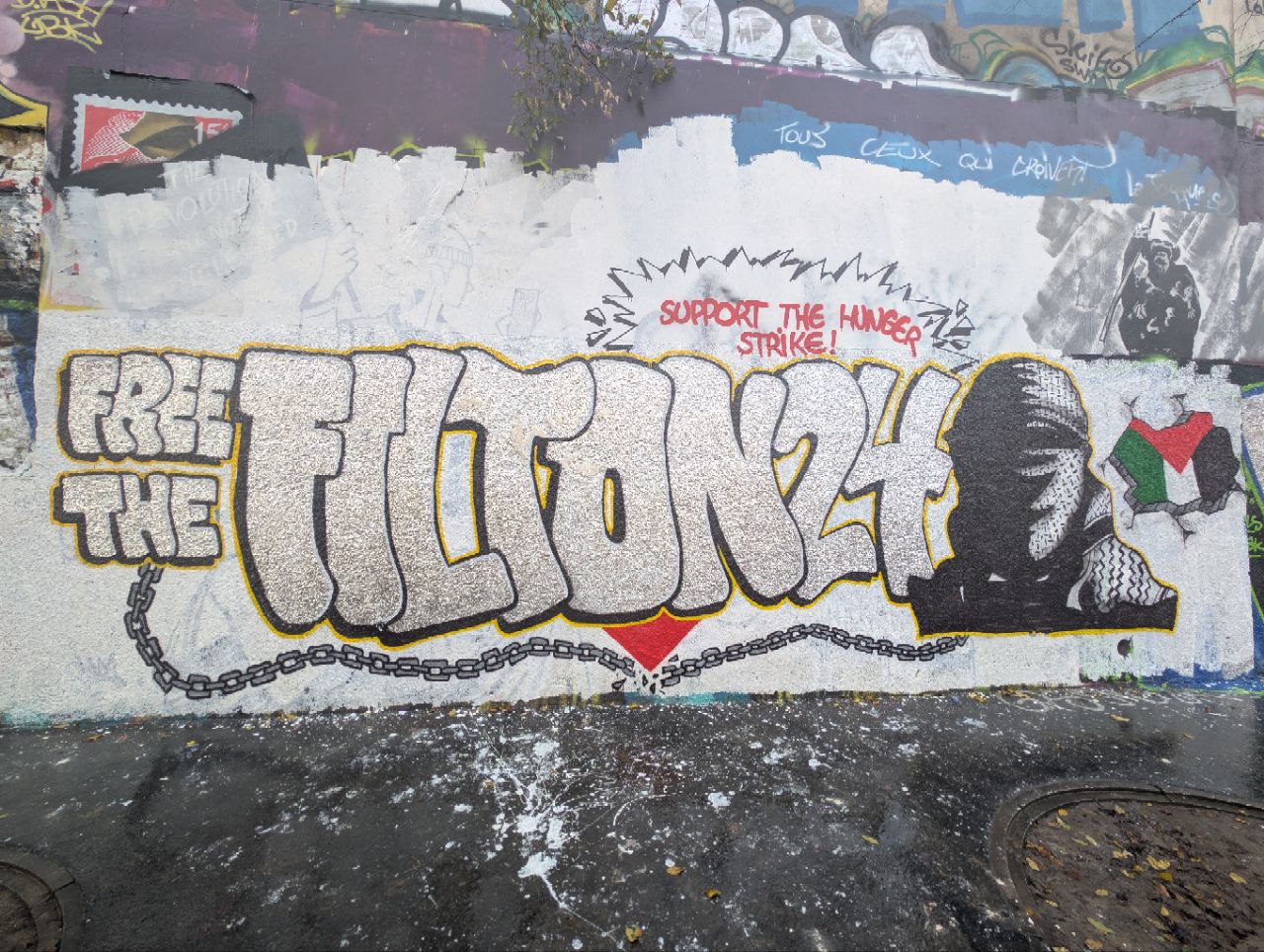

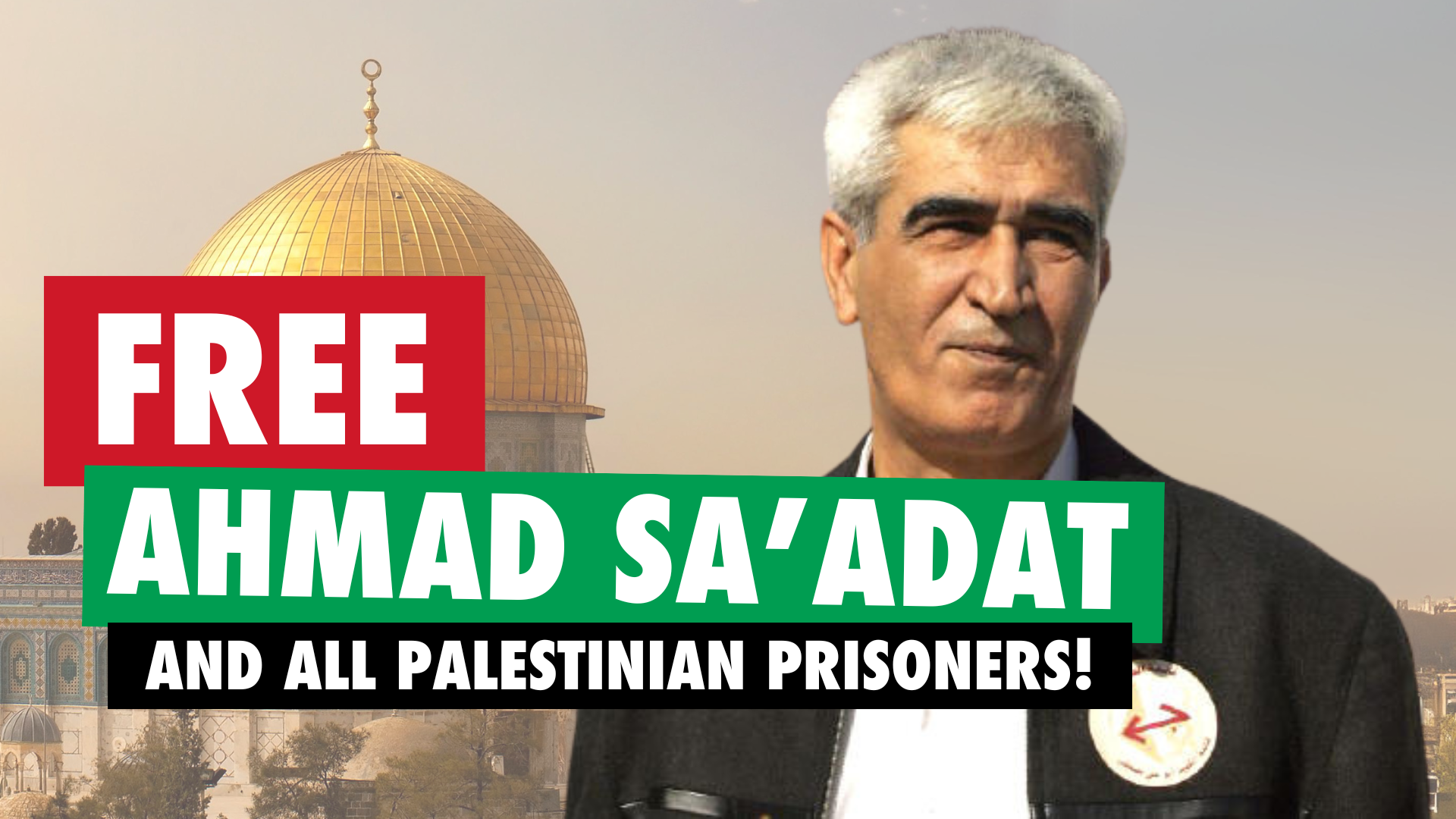
 Sa’adat has been sentenced to 30 years in Zionist prisons for a range of “security-related” political offenses. These charges include membership in a prohibited organization (the PFLP, of which Sa’adat is General Secretary), holding a post in a prohibited organization, and incitement, for a speech Sa’adat made following the Israeli assassination of his predecessor, Abu Ali Mustafa, in August 2001, in which he declared “an eye for an eye, a tooth for a tooth.” In retaliation for the murder of Abu Ali Mustafa, on 17 October 2001, fighters from the PFLP’s armed wing assassinated Rehavam Ze’evi, the notoriously far-right, racist Tourism Minister in Ariel Sharon’s Israeli government, in the Hyatt hotel in Jerusalem.
Sa’adat has been sentenced to 30 years in Zionist prisons for a range of “security-related” political offenses. These charges include membership in a prohibited organization (the PFLP, of which Sa’adat is General Secretary), holding a post in a prohibited organization, and incitement, for a speech Sa’adat made following the Israeli assassination of his predecessor, Abu Ali Mustafa, in August 2001, in which he declared “an eye for an eye, a tooth for a tooth.” In retaliation for the murder of Abu Ali Mustafa, on 17 October 2001, fighters from the PFLP’s armed wing assassinated Rehavam Ze’evi, the notoriously far-right, racist Tourism Minister in Ariel Sharon’s Israeli government, in the Hyatt hotel in Jerusalem. We urge all supporters of Palestine and the Palestinian cause to speak out actively and take action through demonstrations, mass actions and direct actions to confront the abuse of Palestinian prisoners, including Ahmad Sa’adat and
We urge all supporters of Palestine and the Palestinian cause to speak out actively and take action through demonstrations, mass actions and direct actions to confront the abuse of Palestinian prisoners, including Ahmad Sa’adat and 
